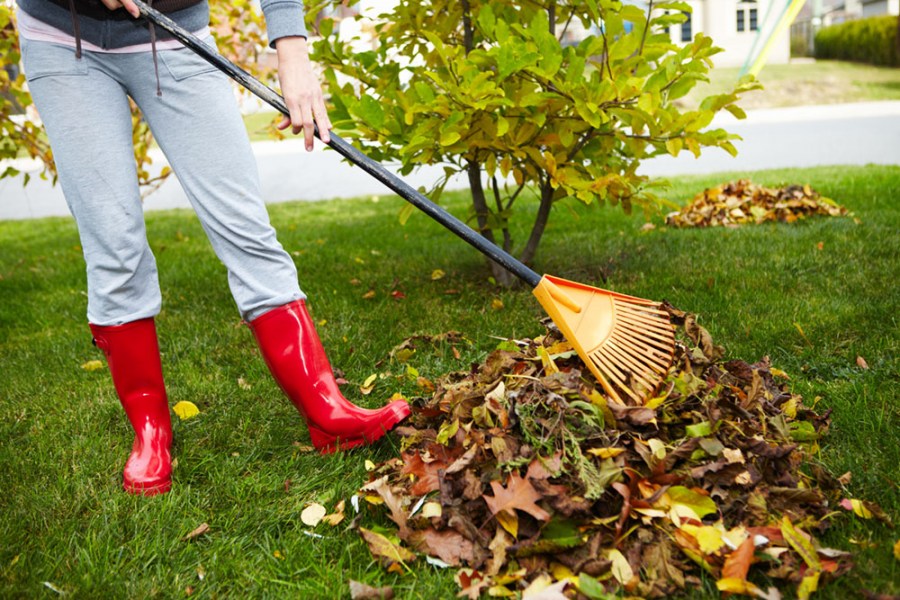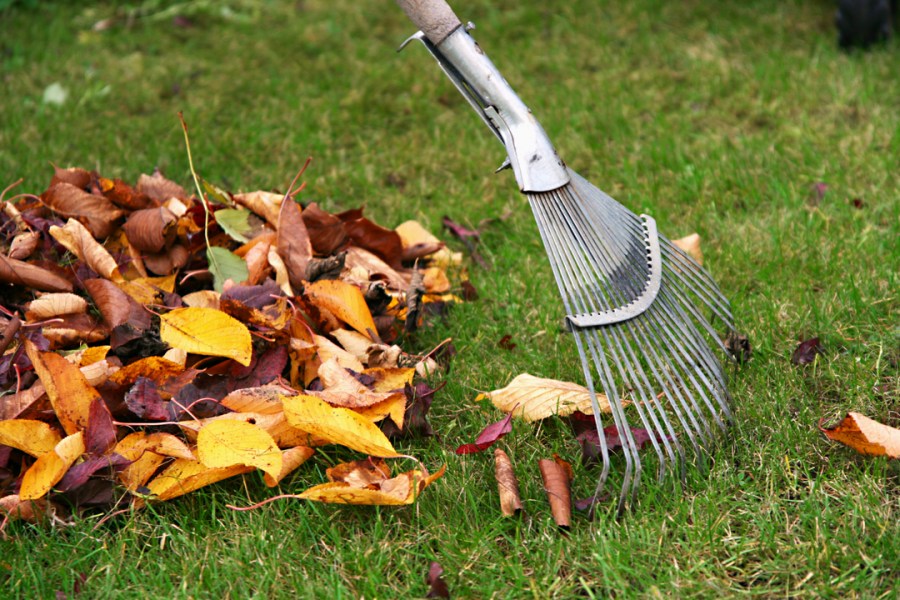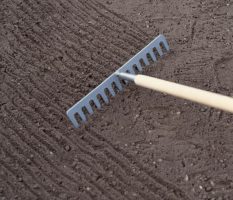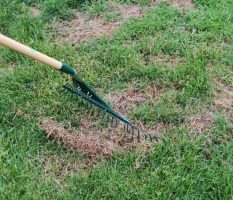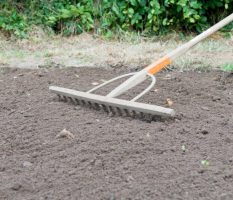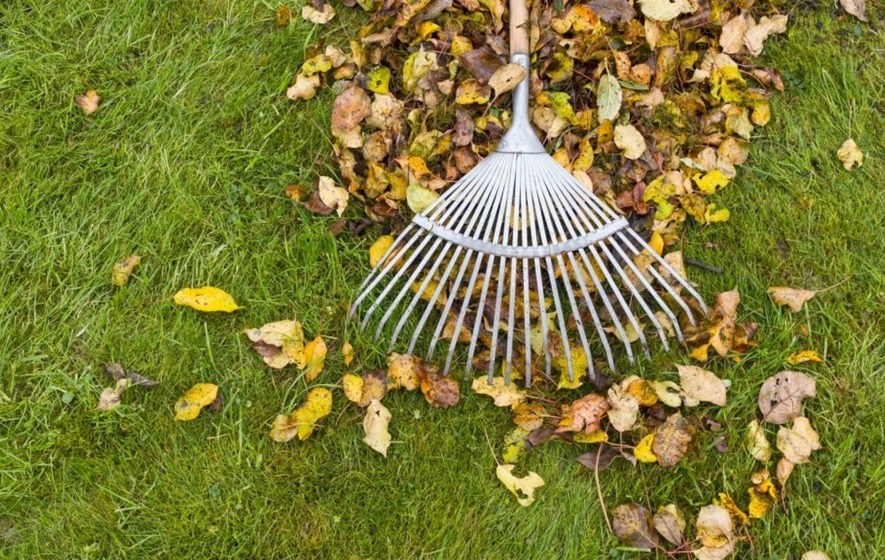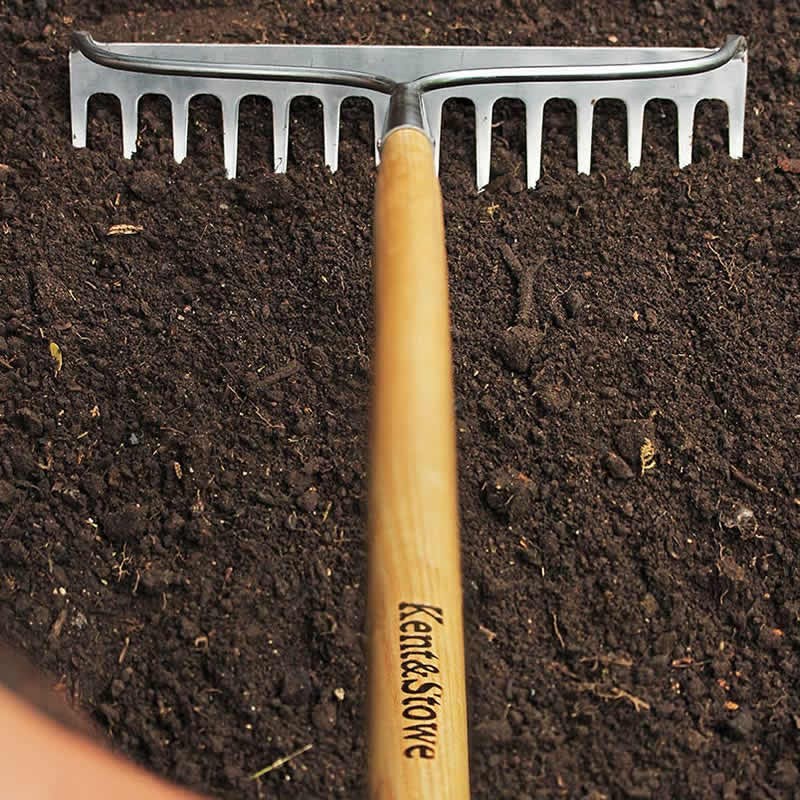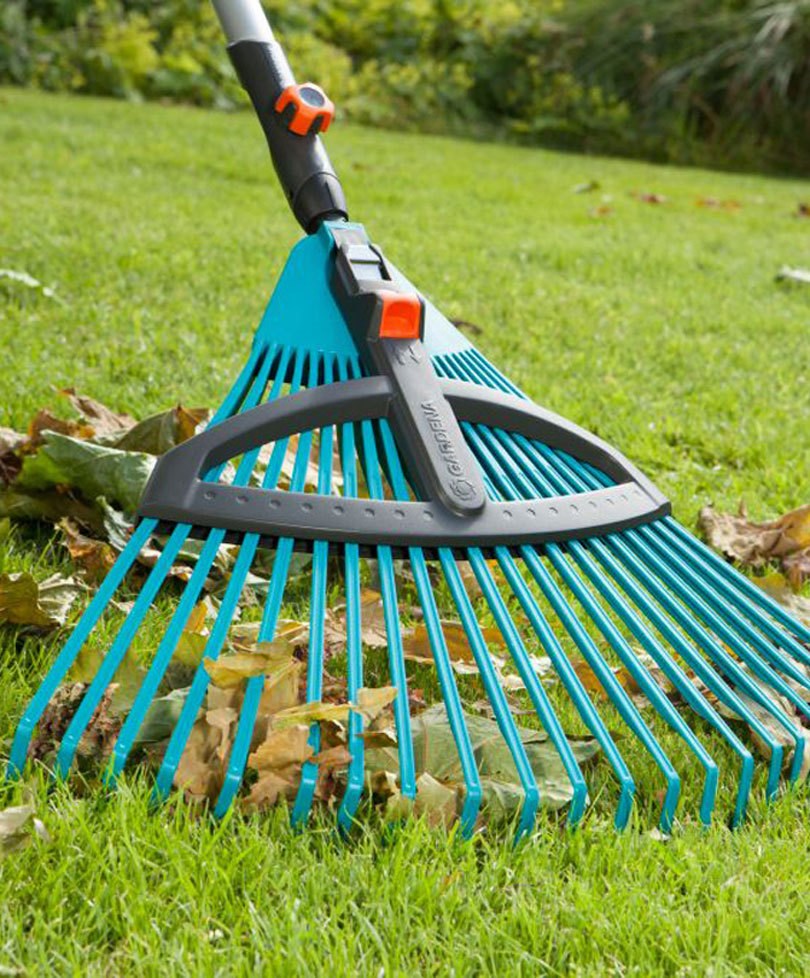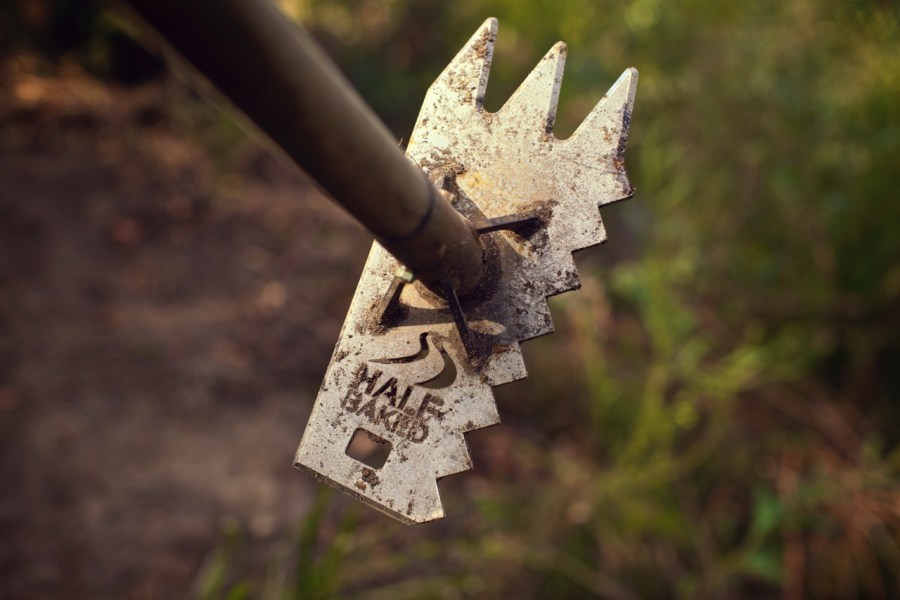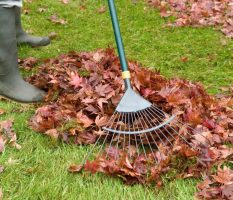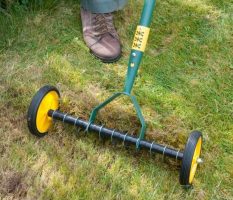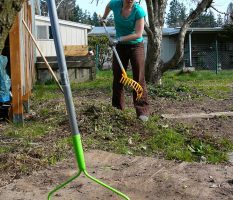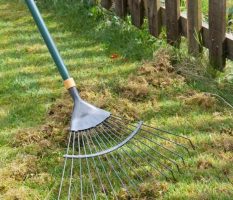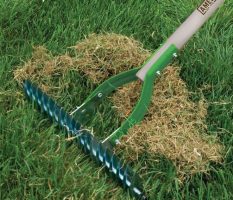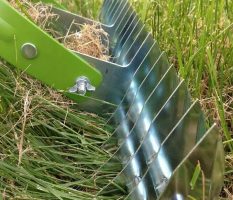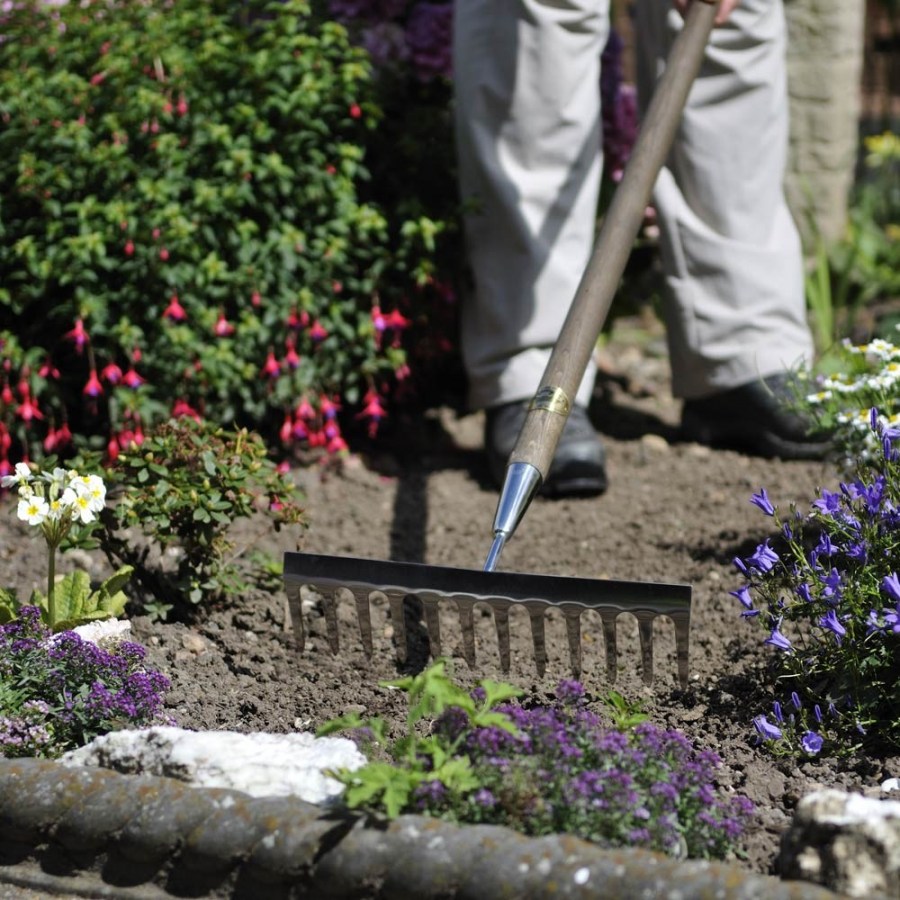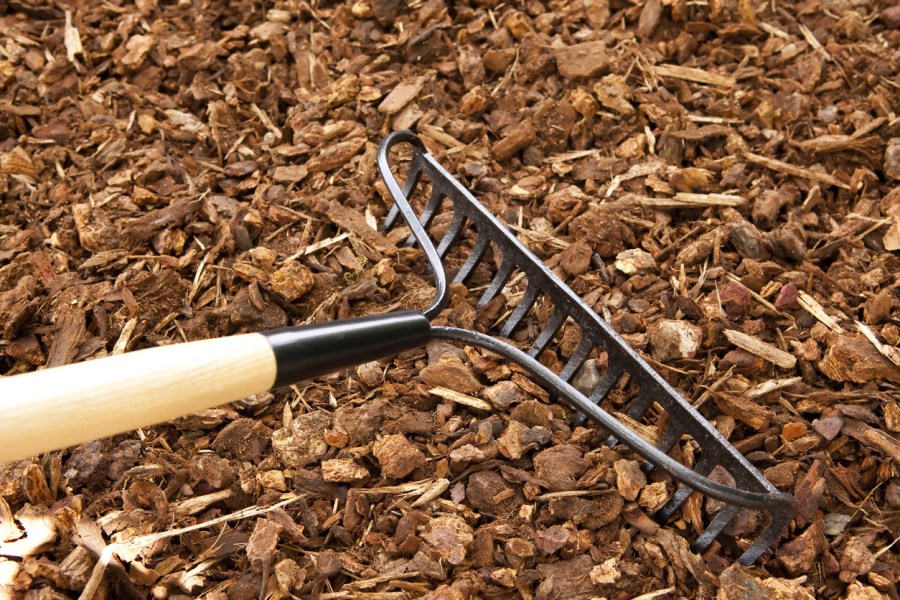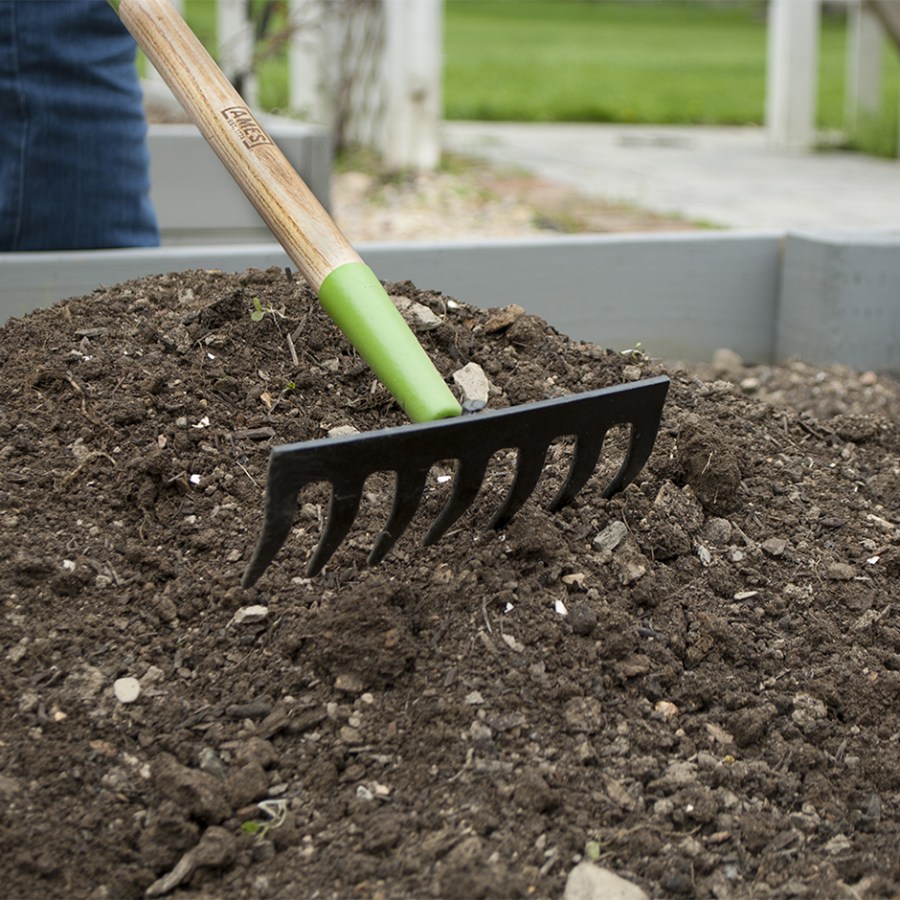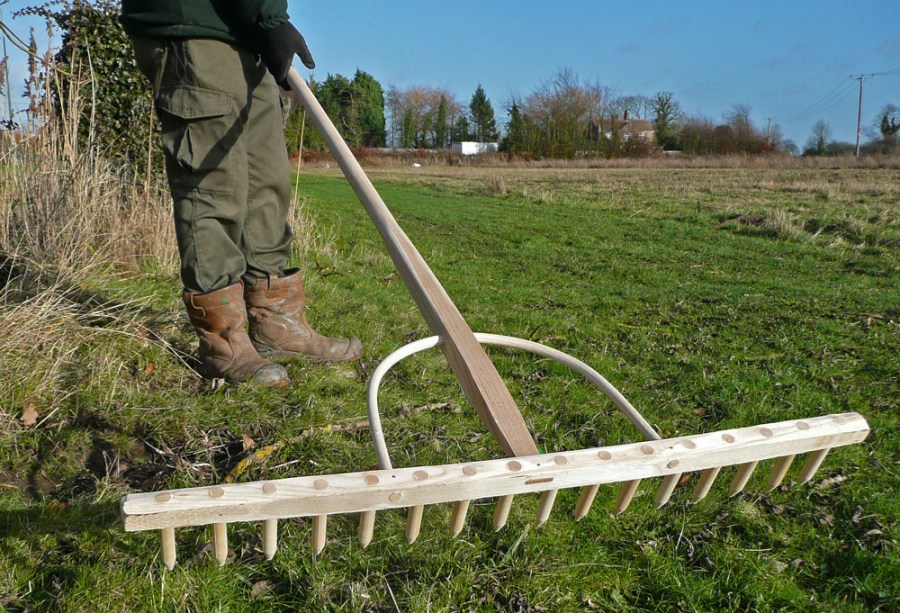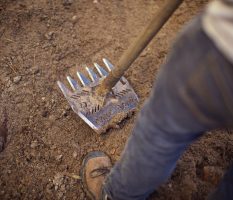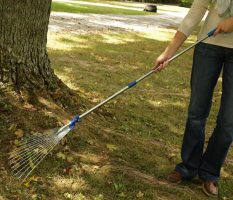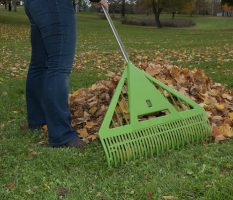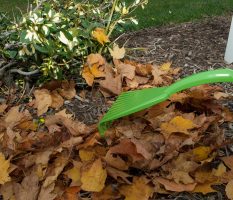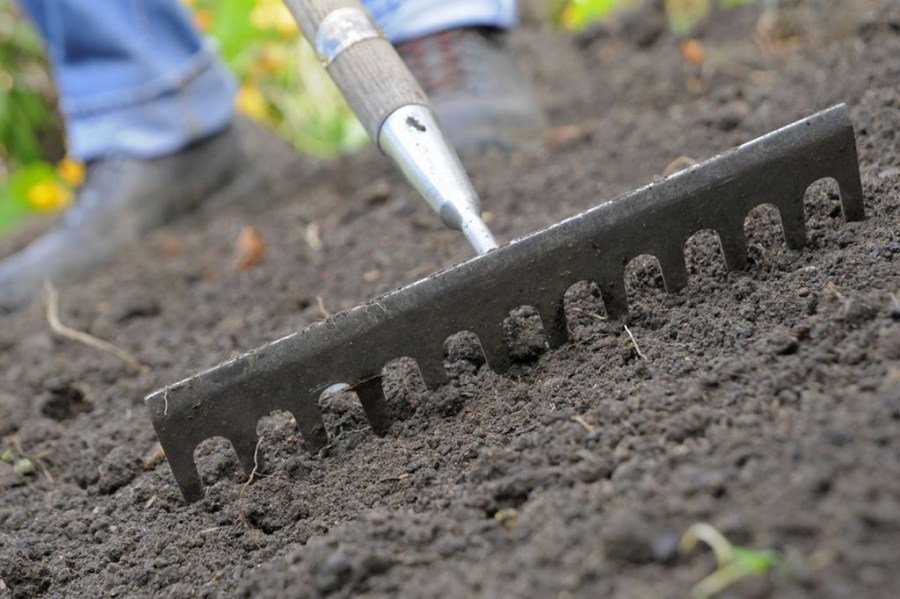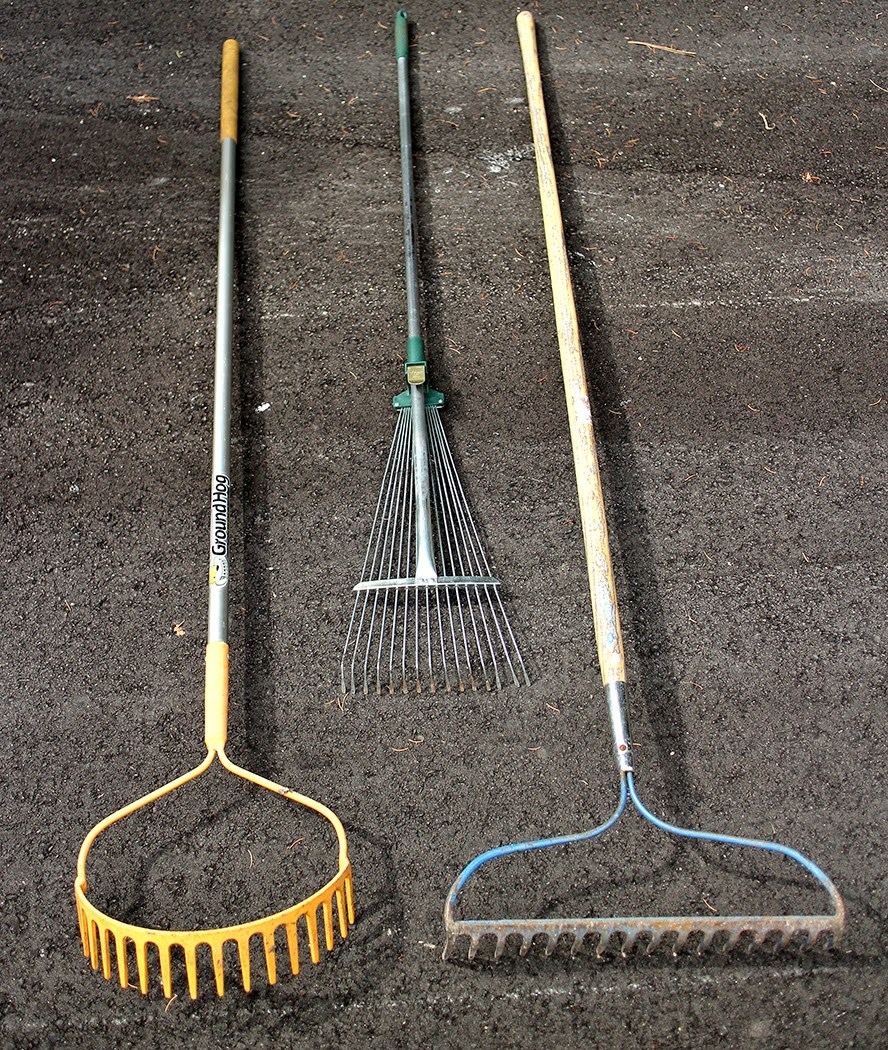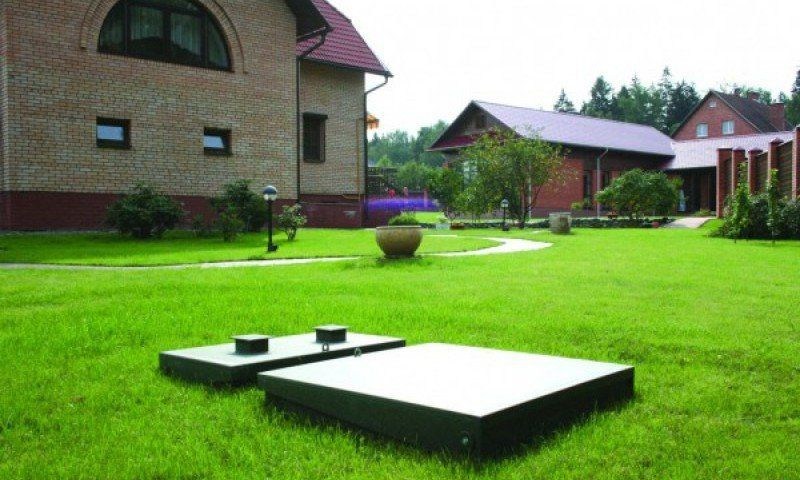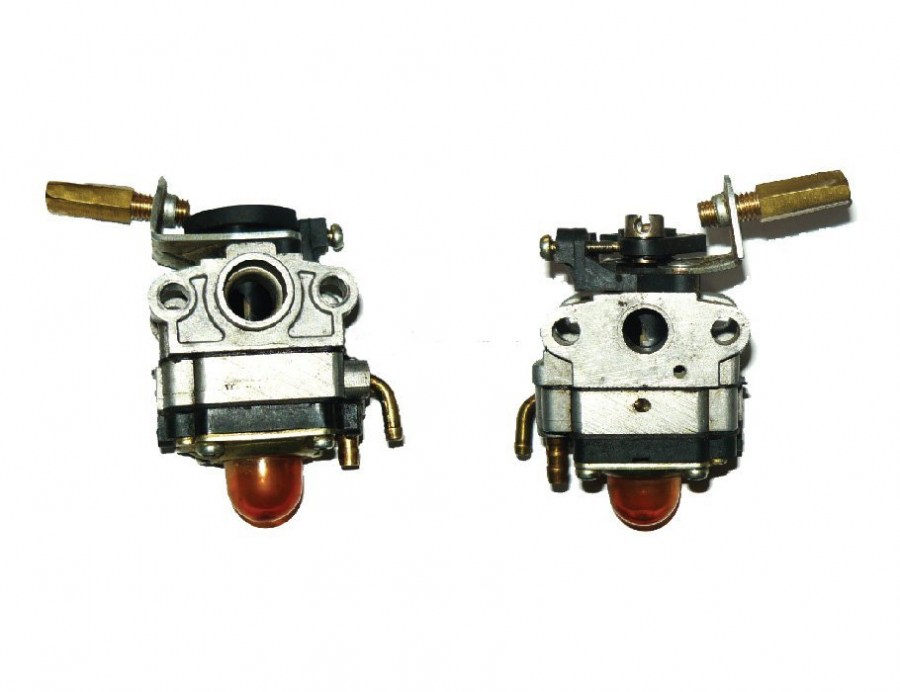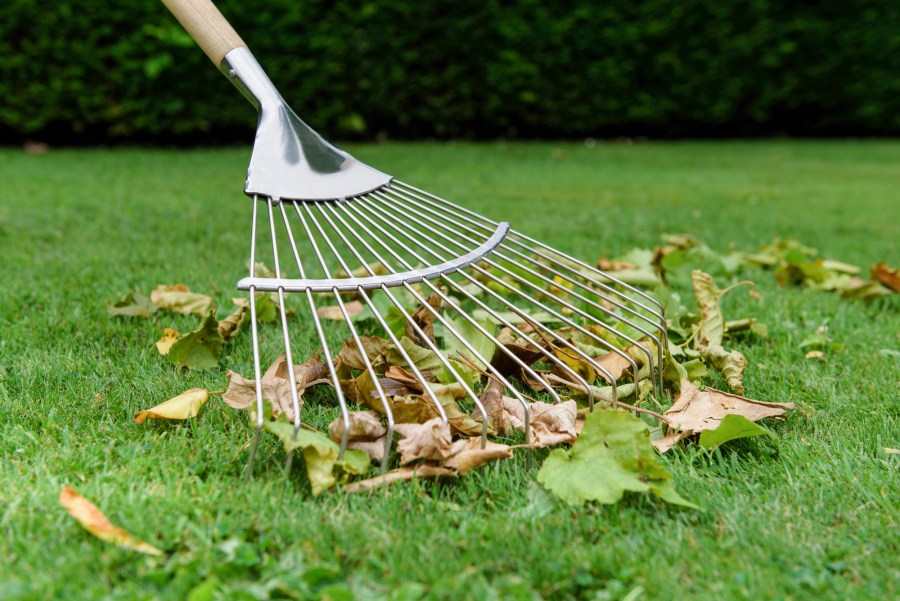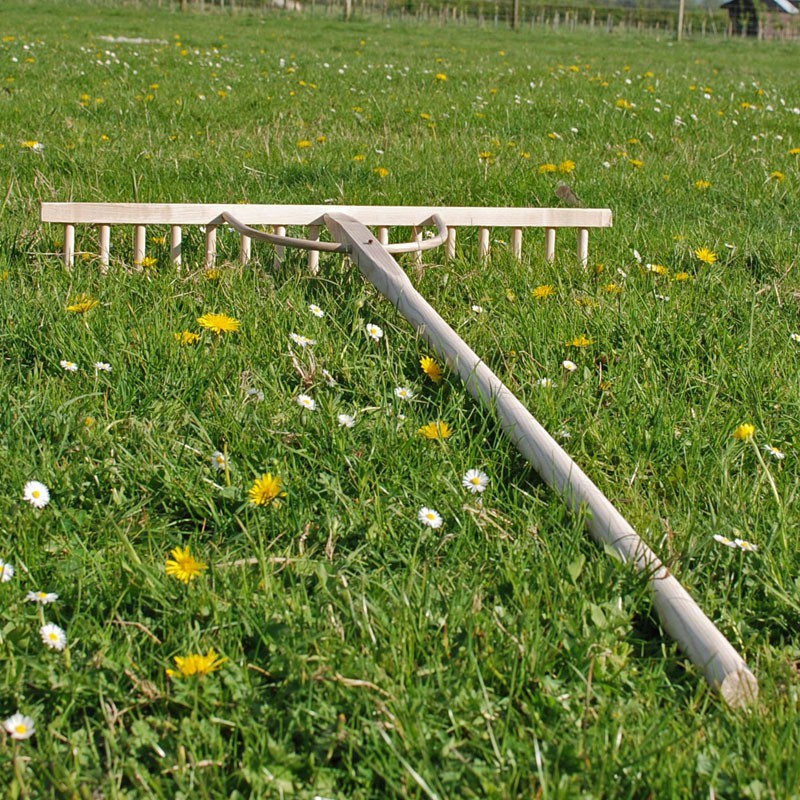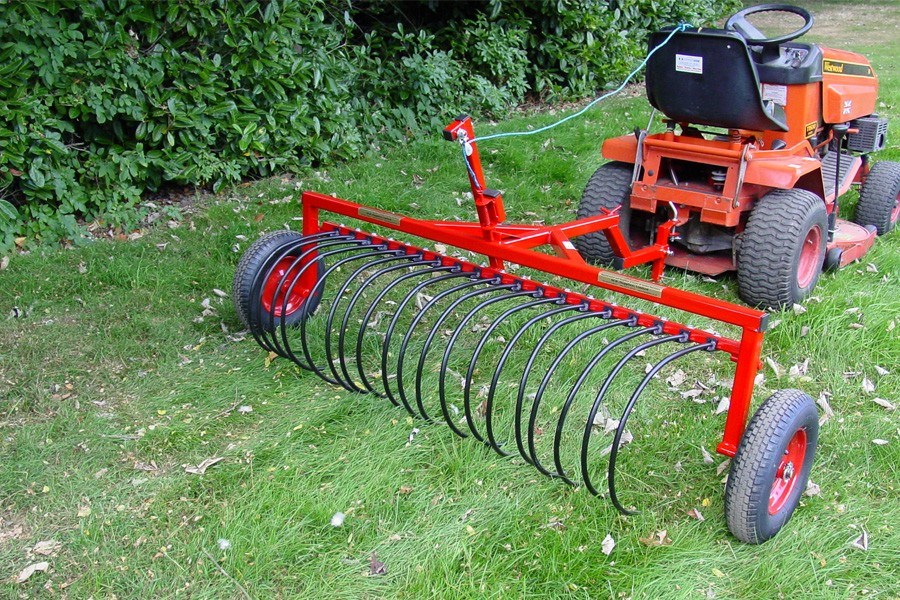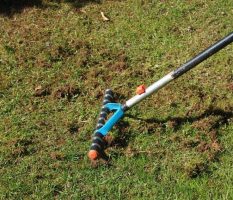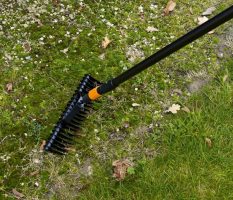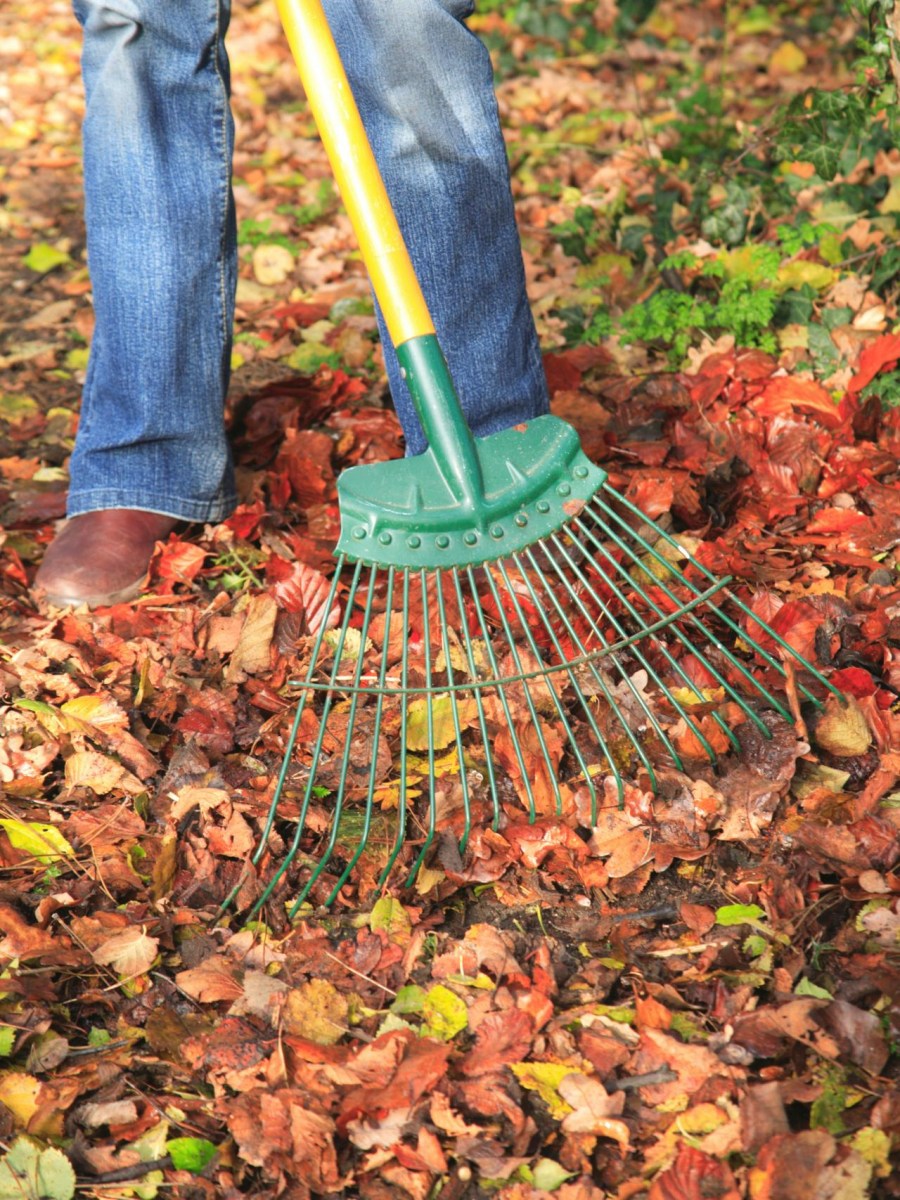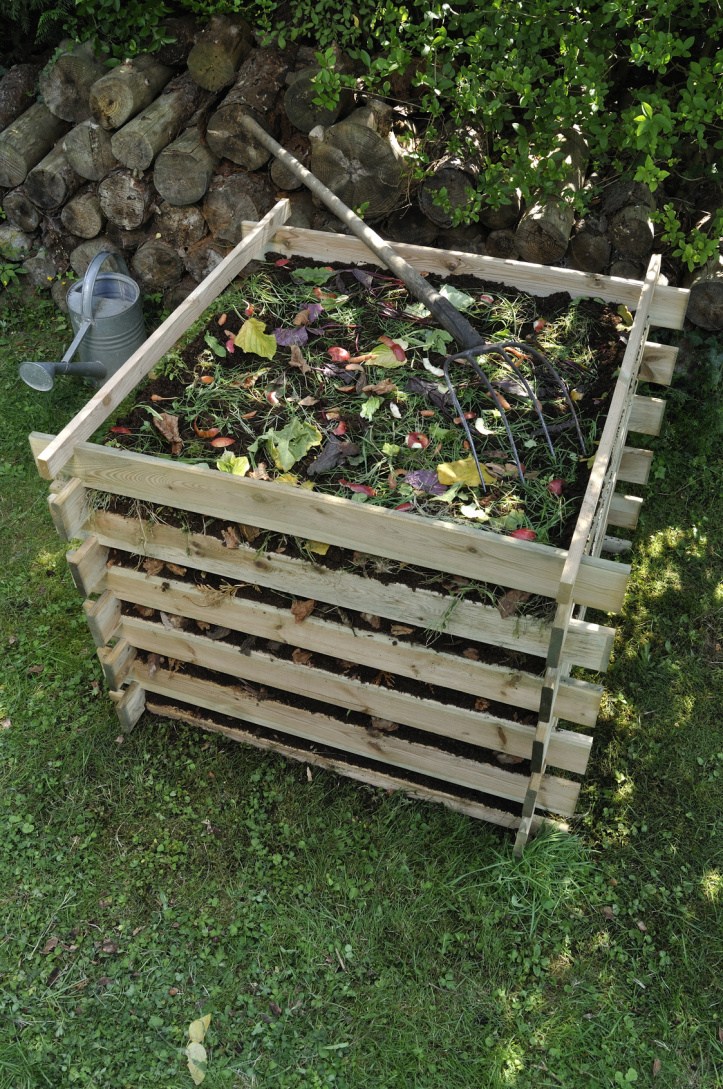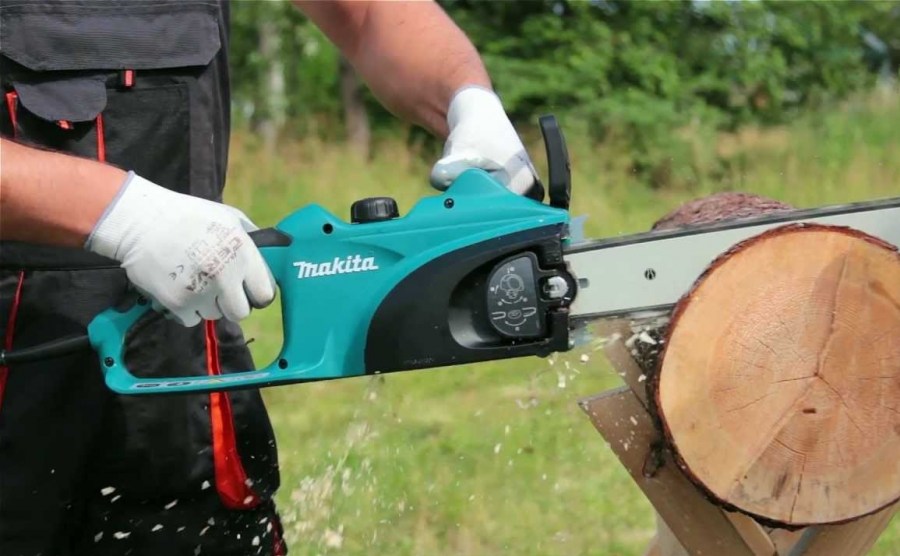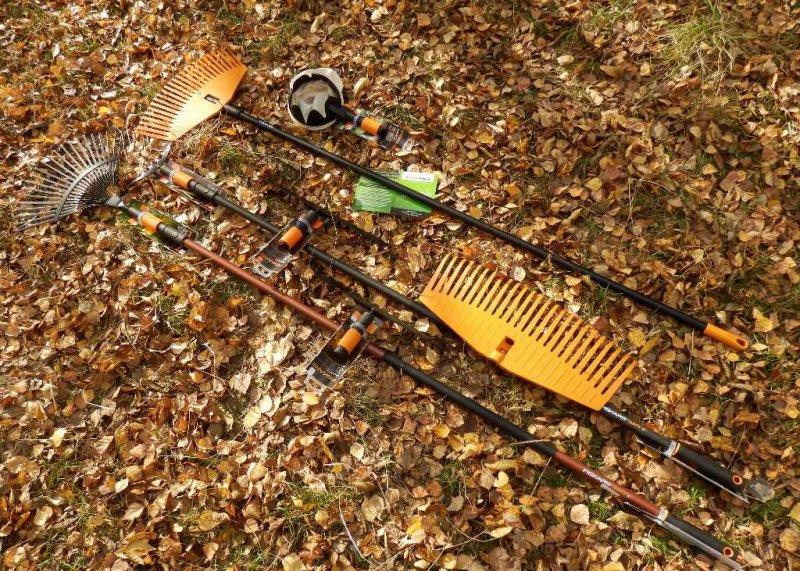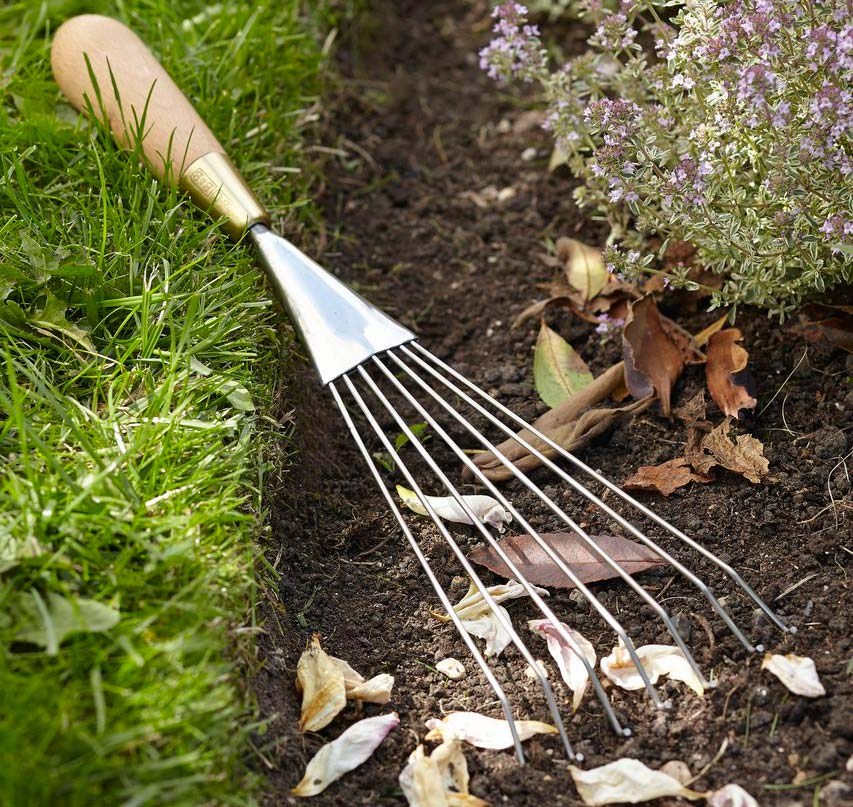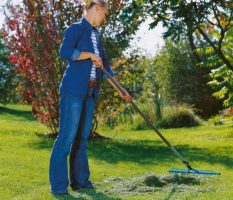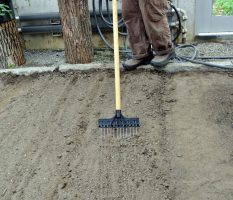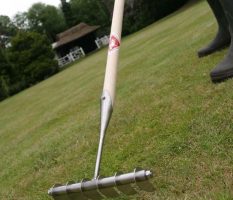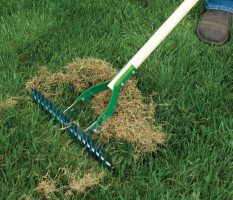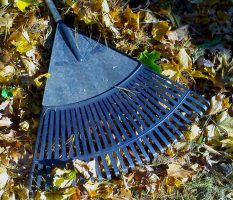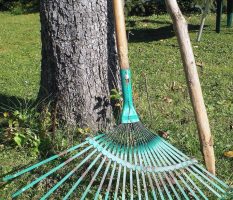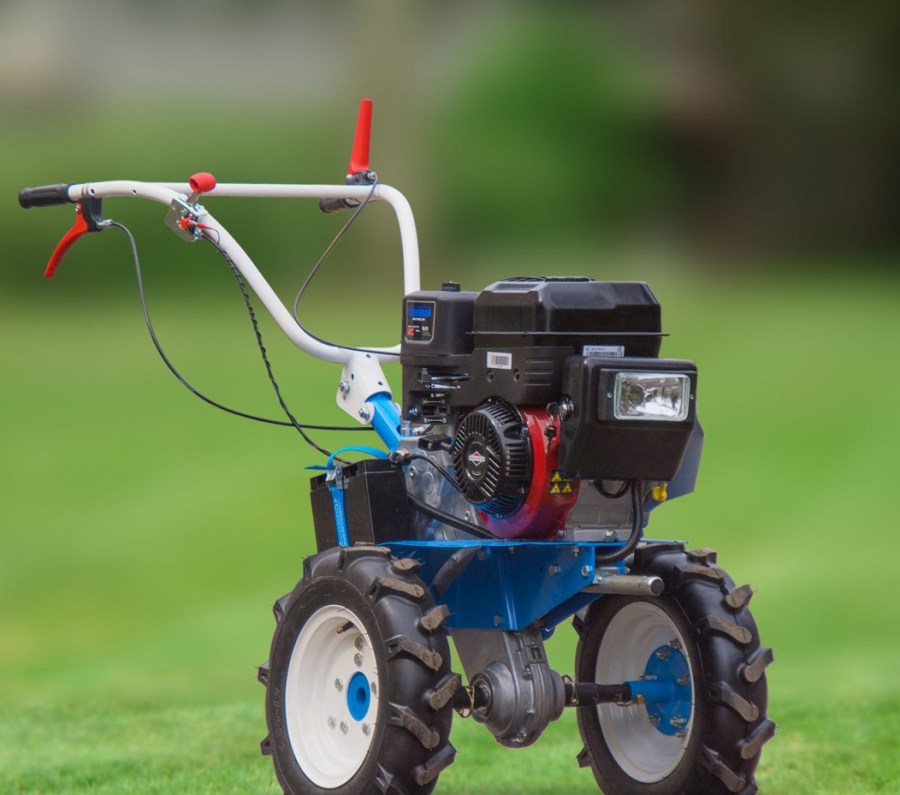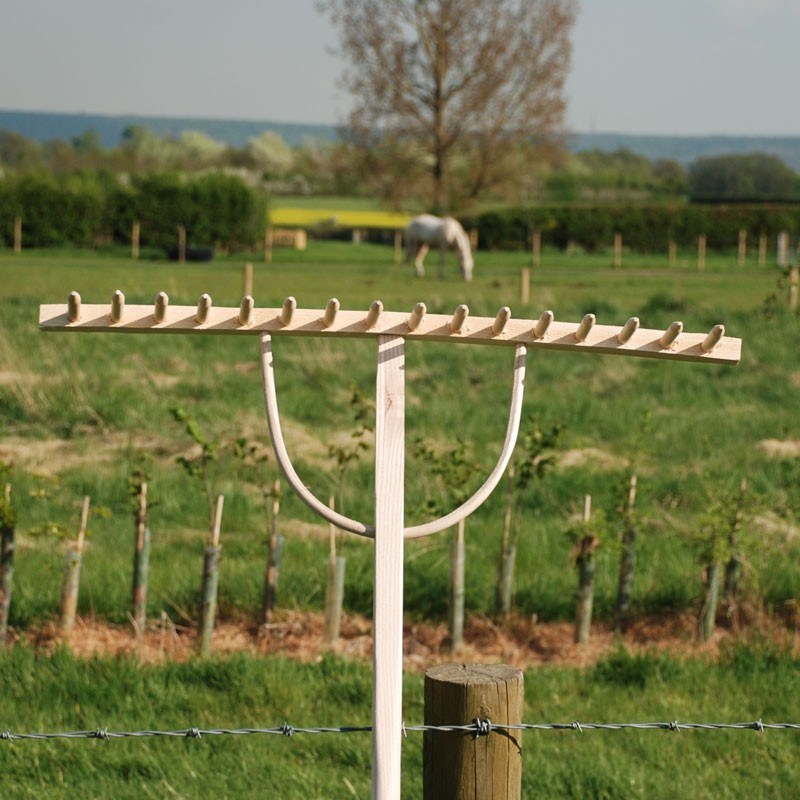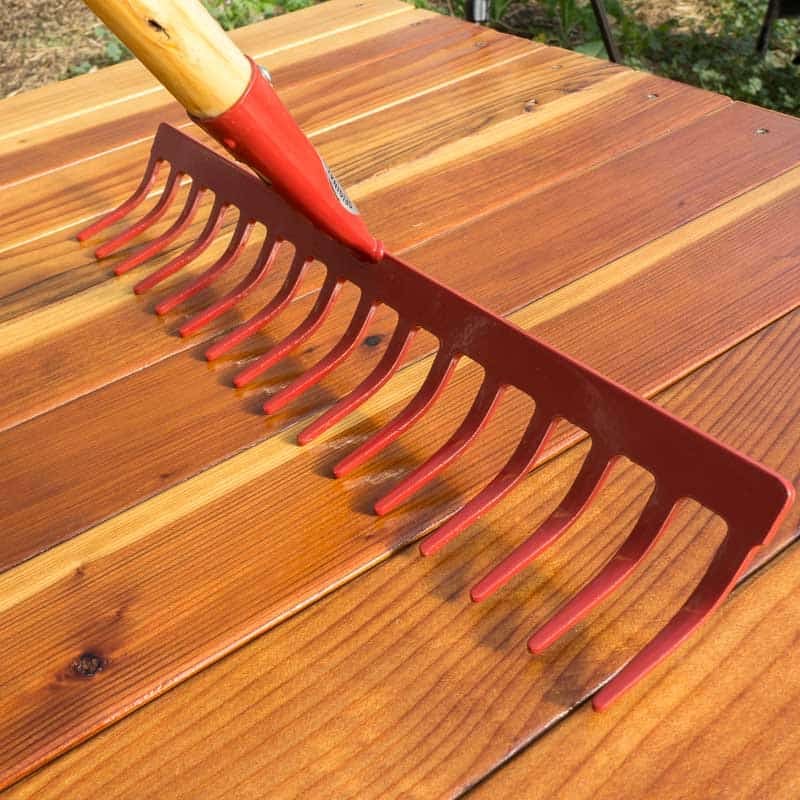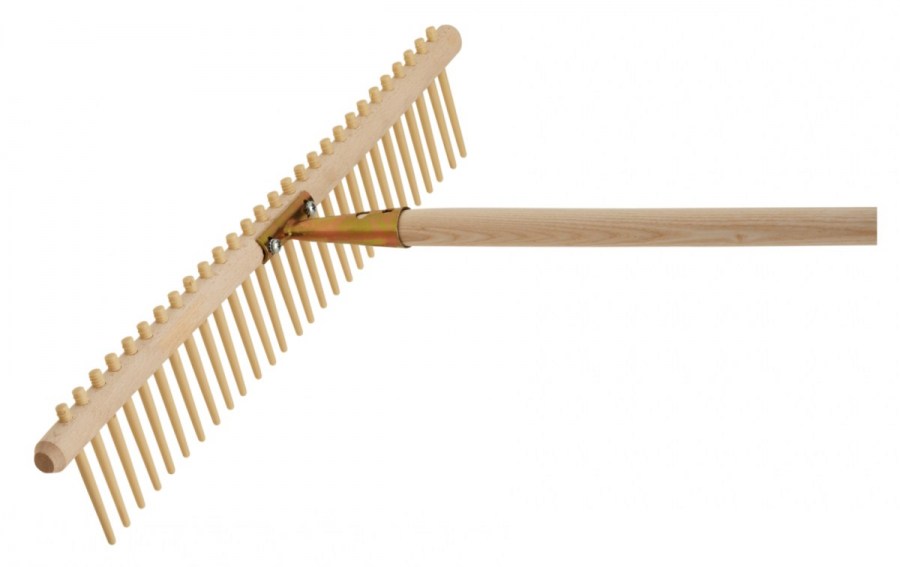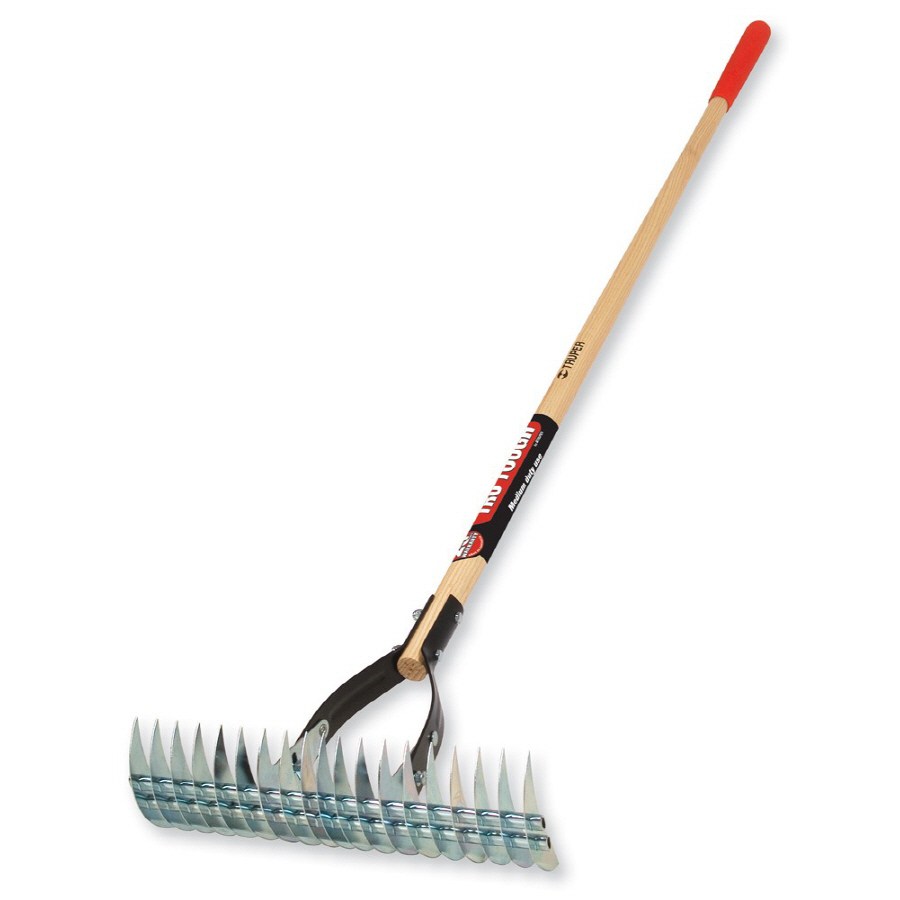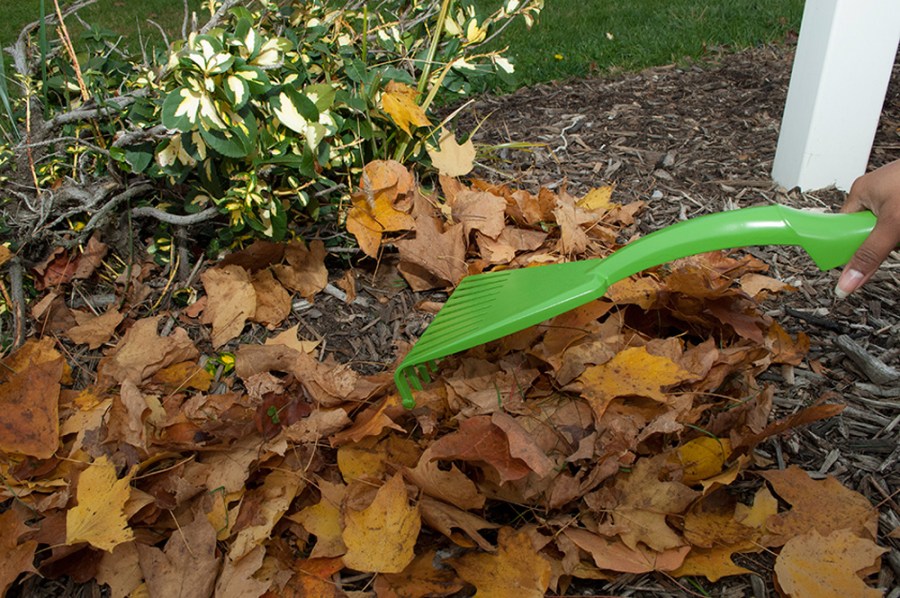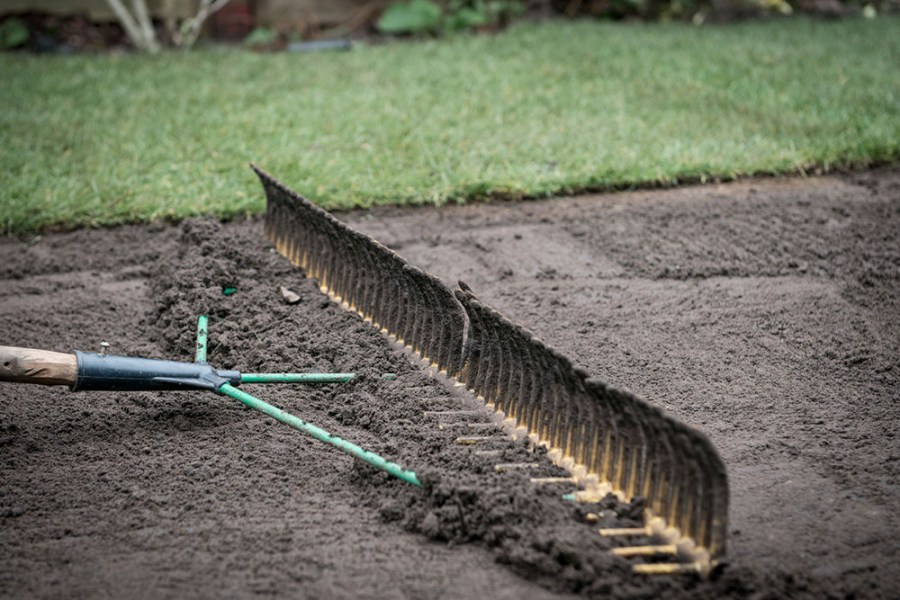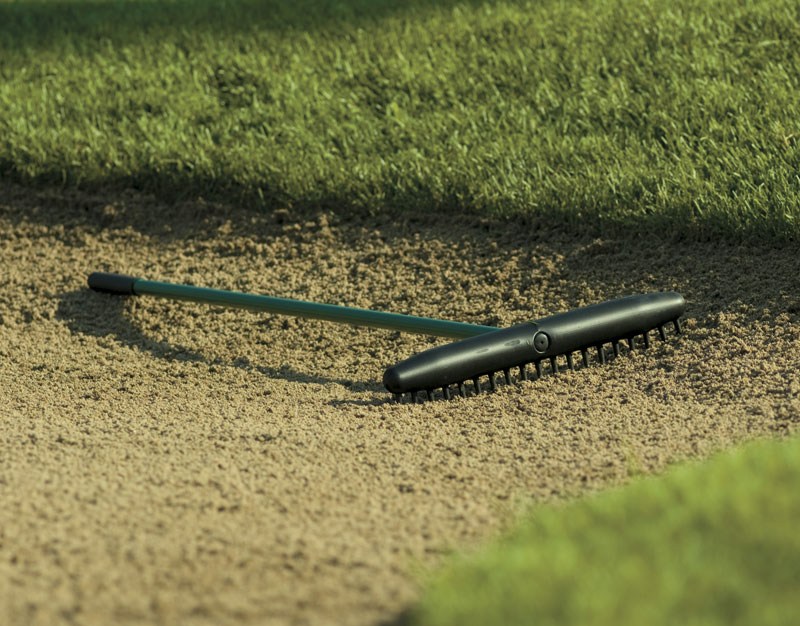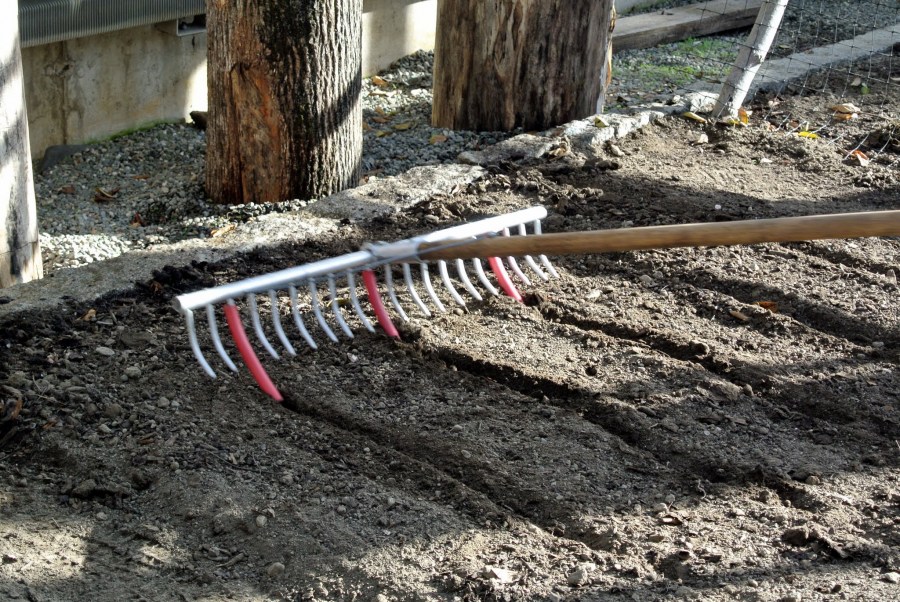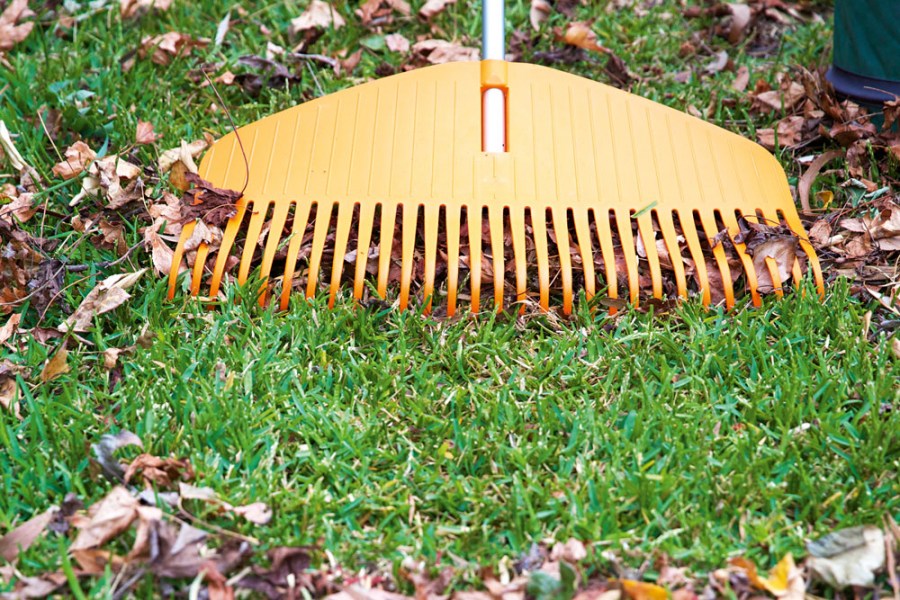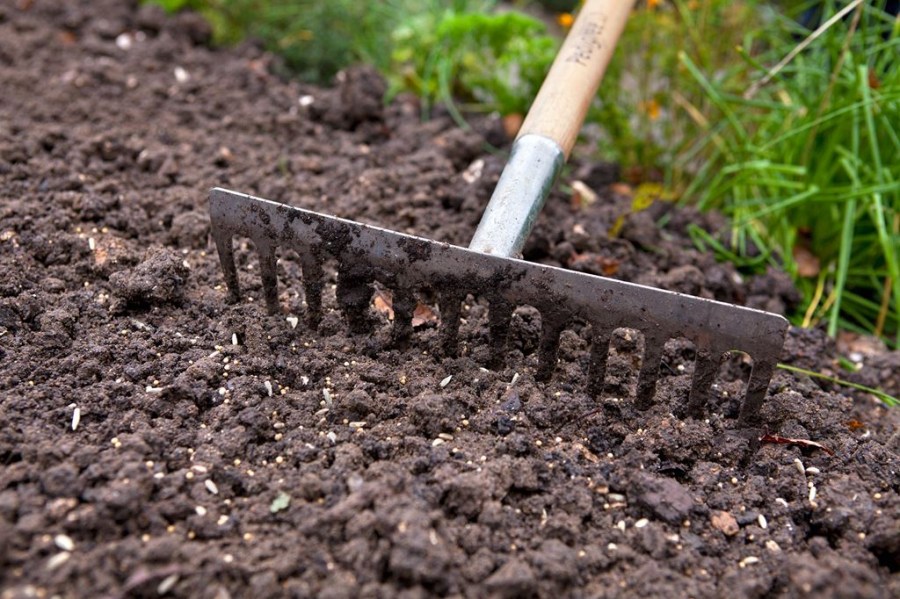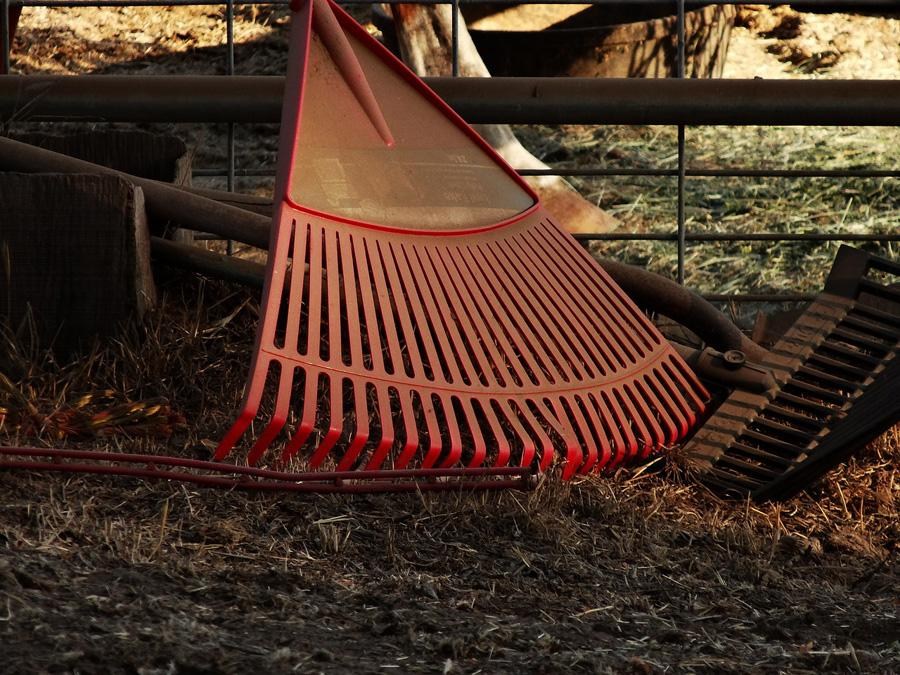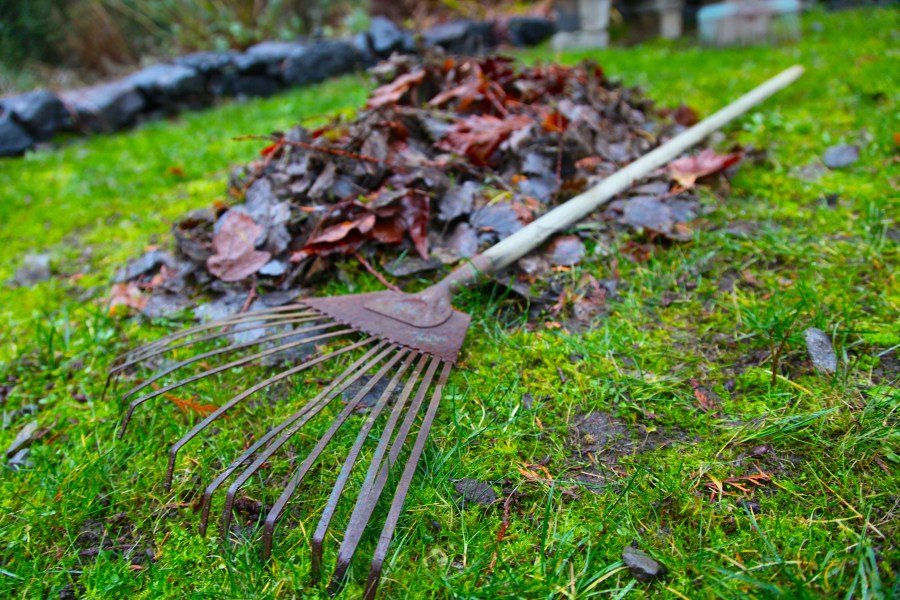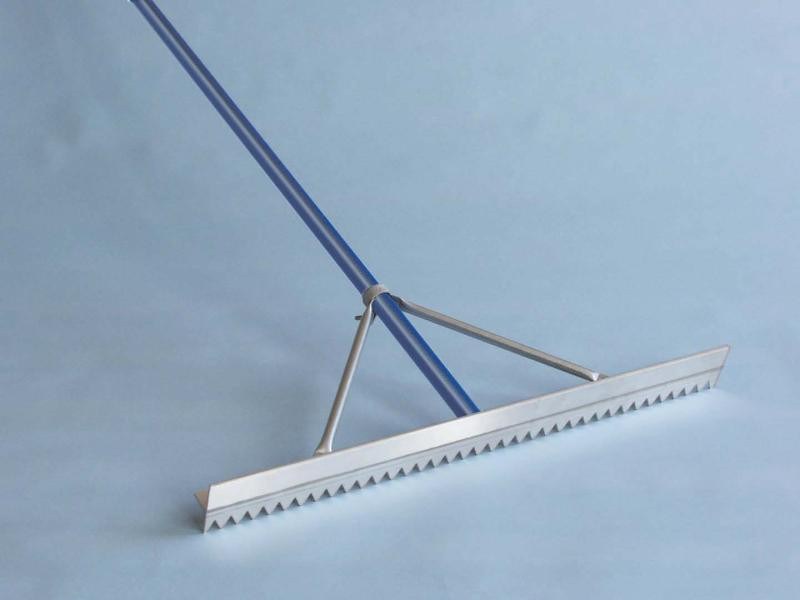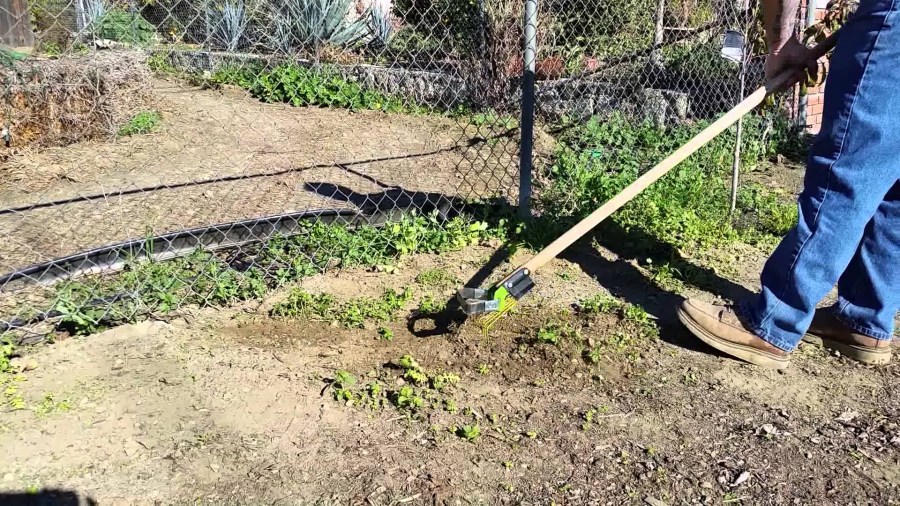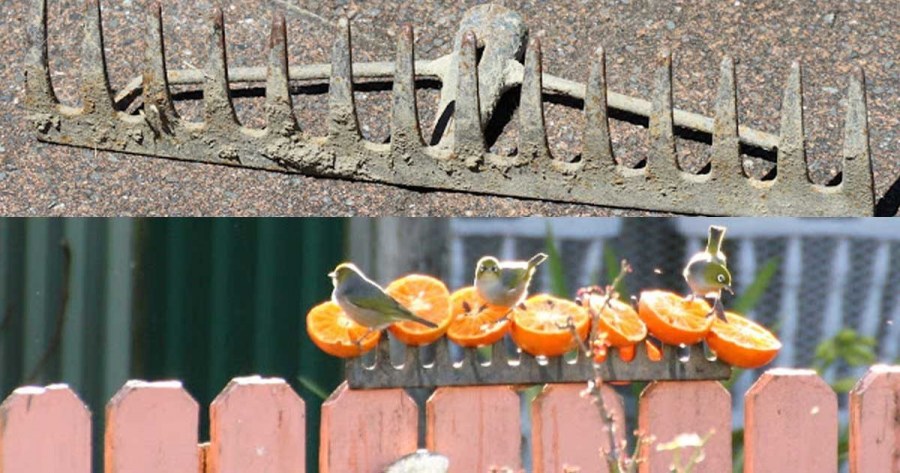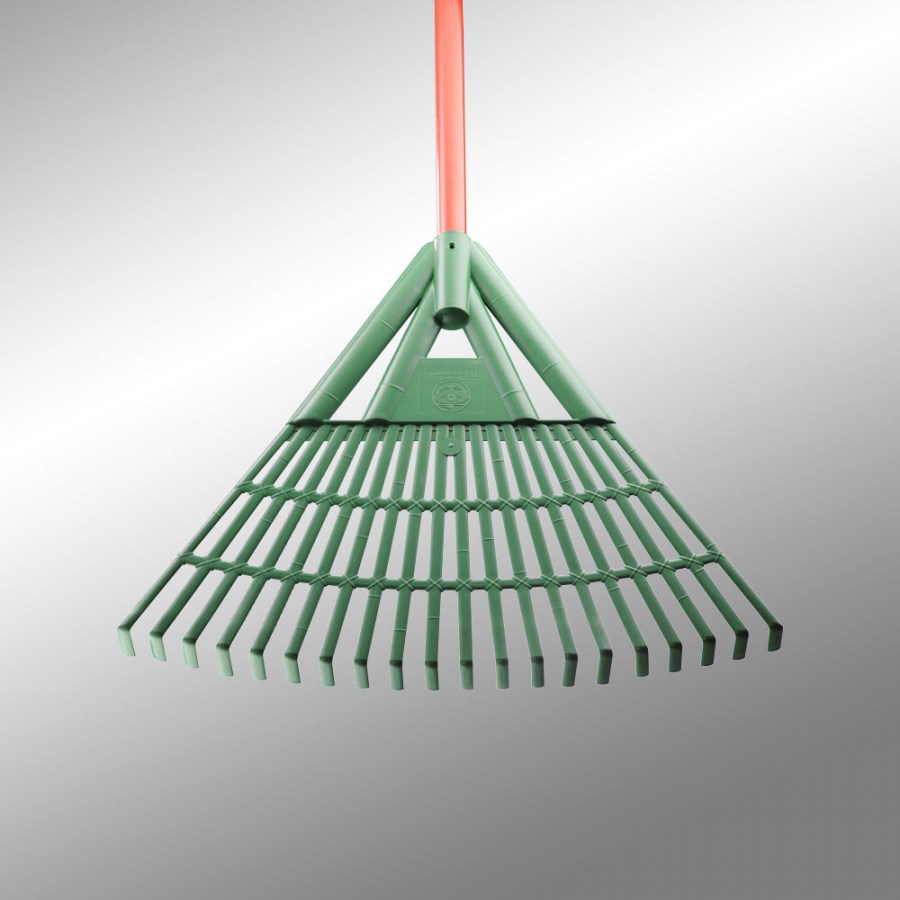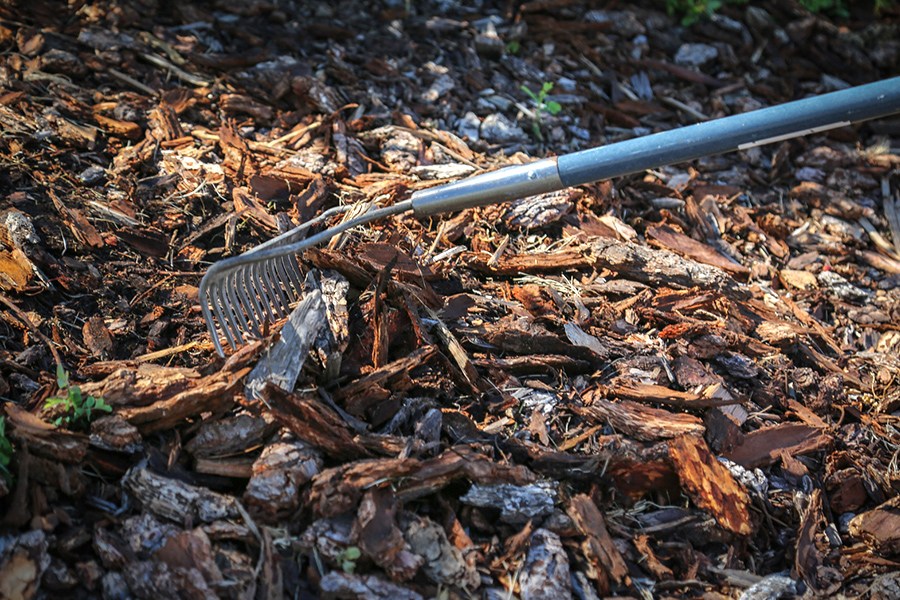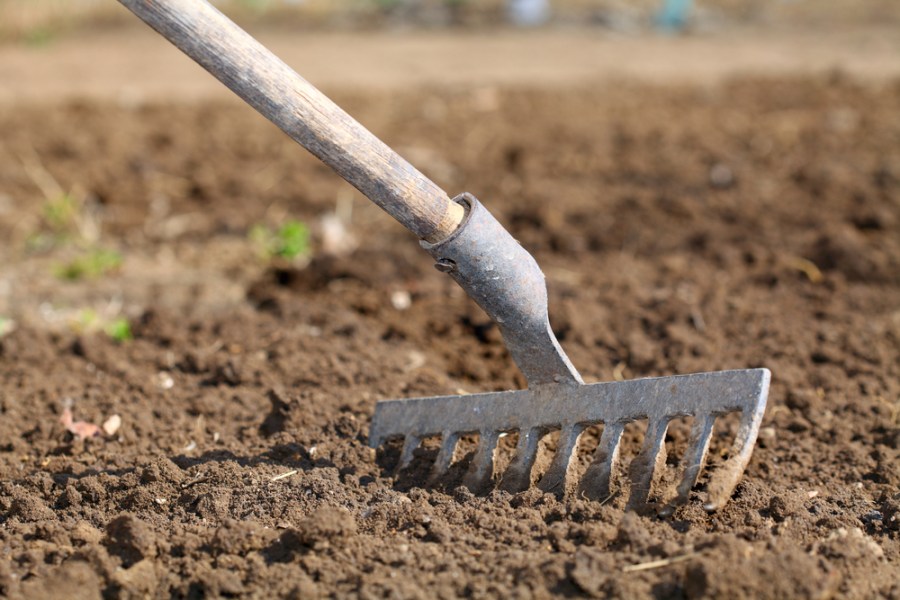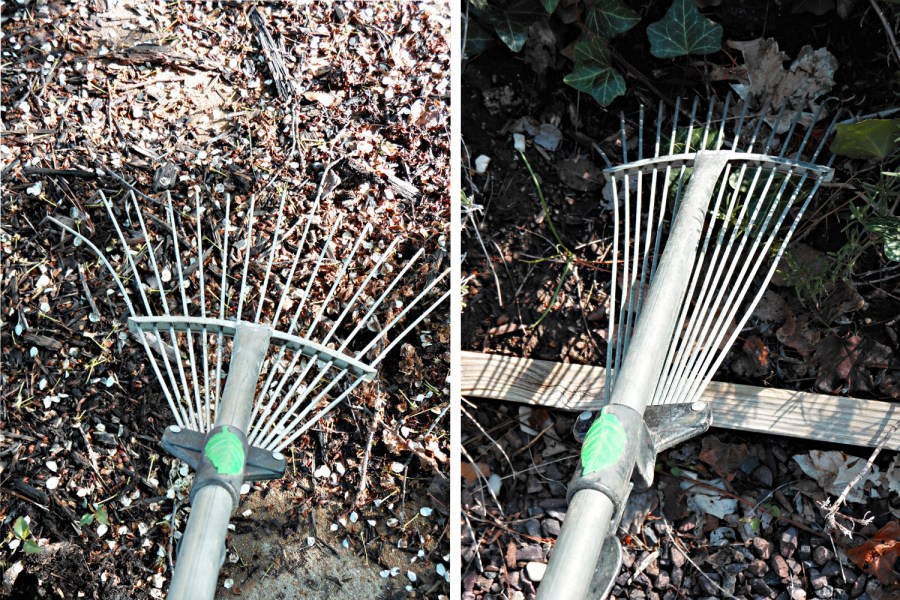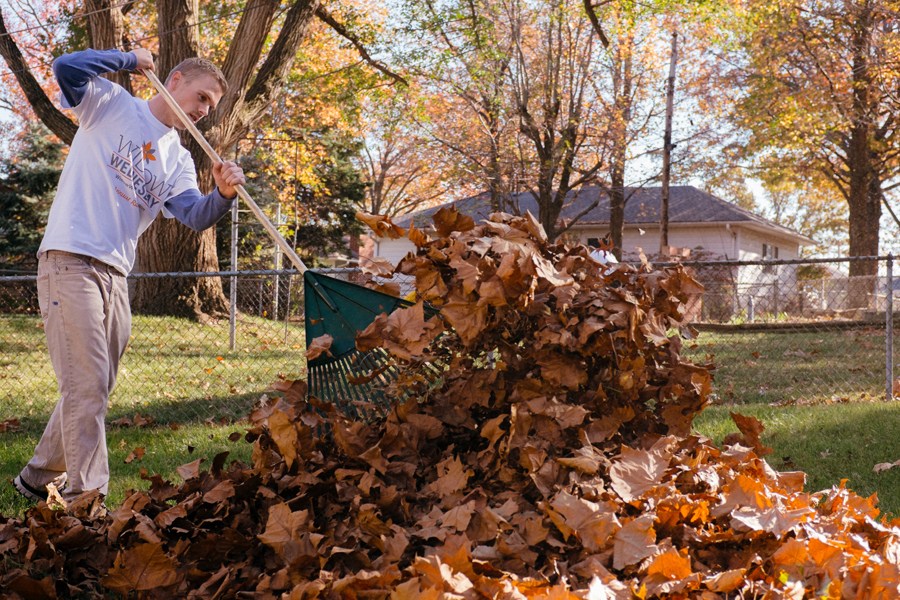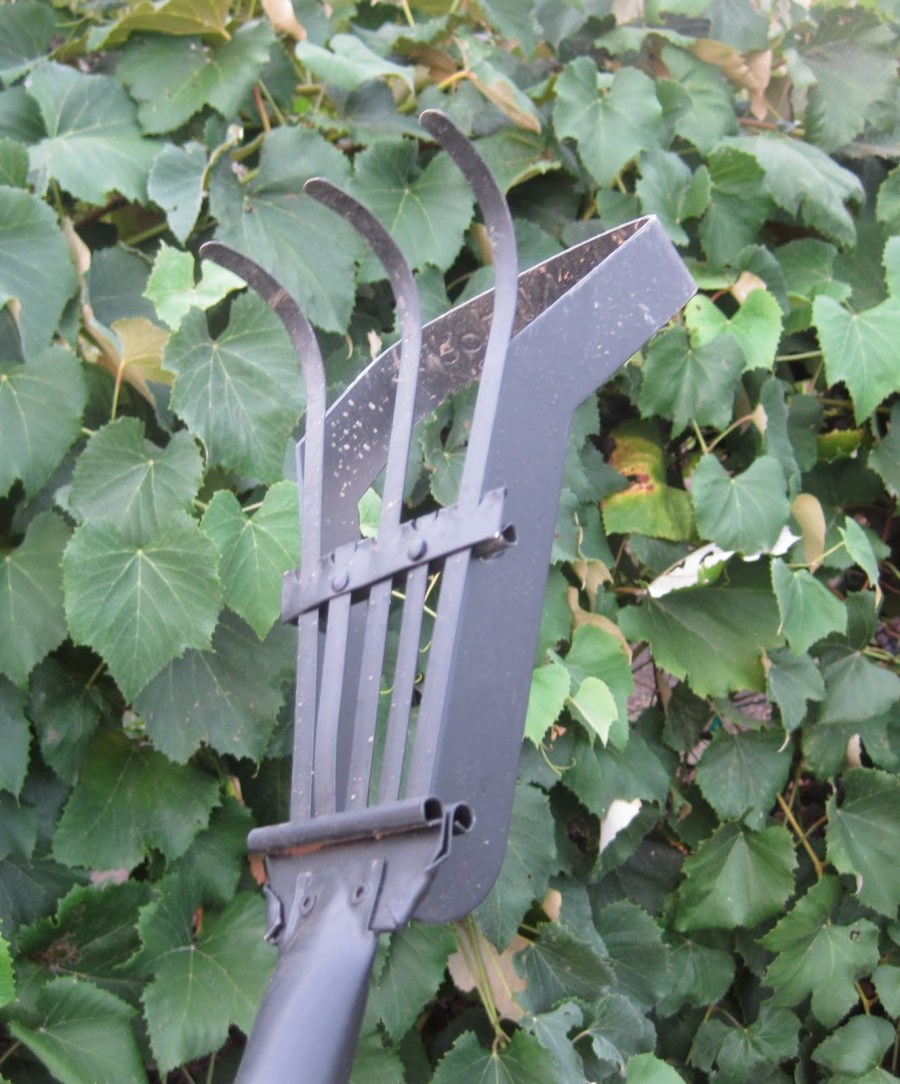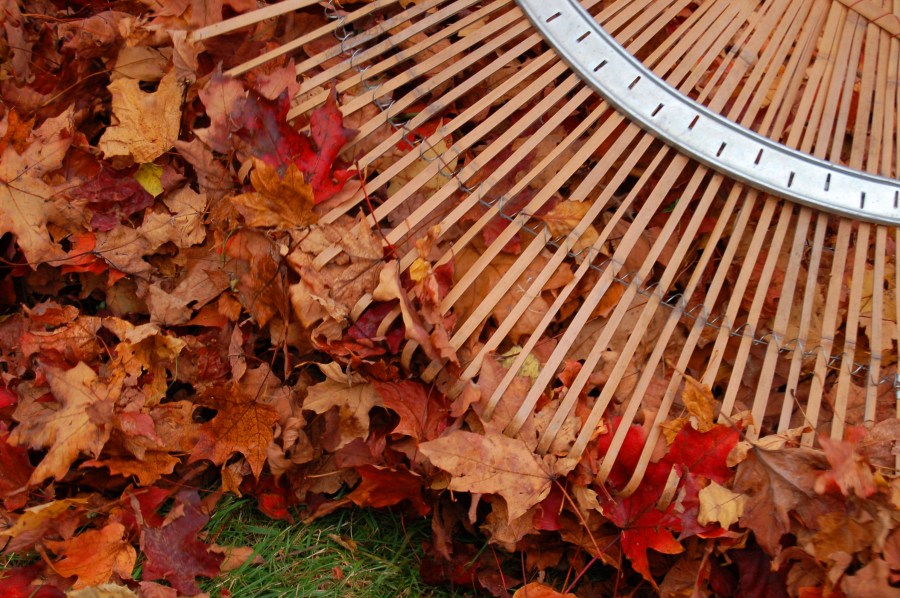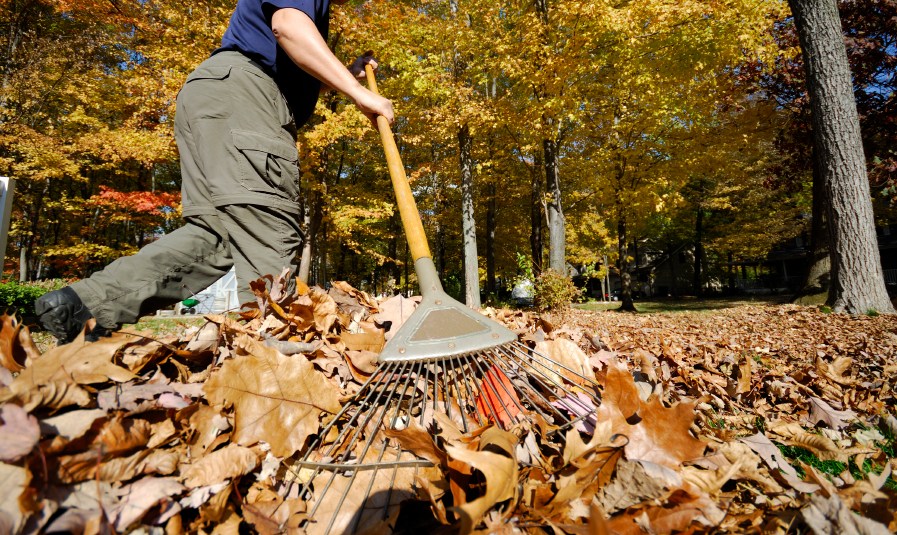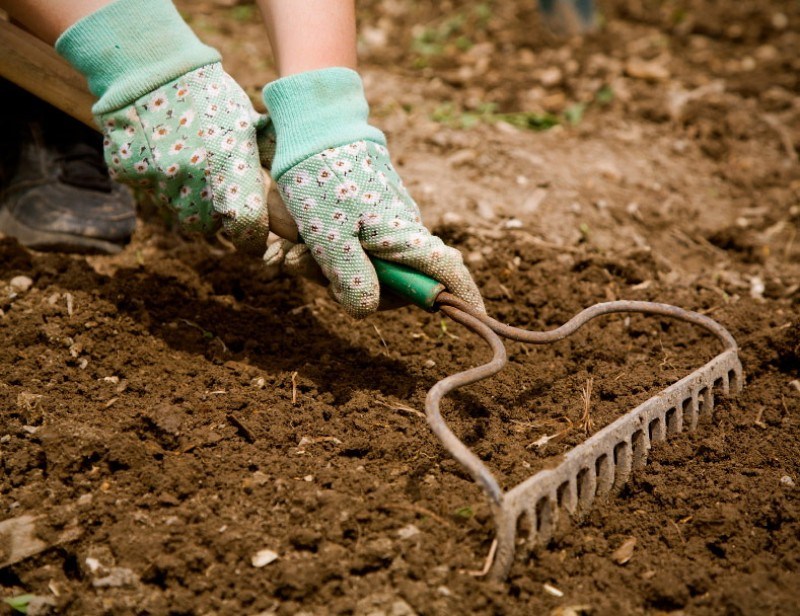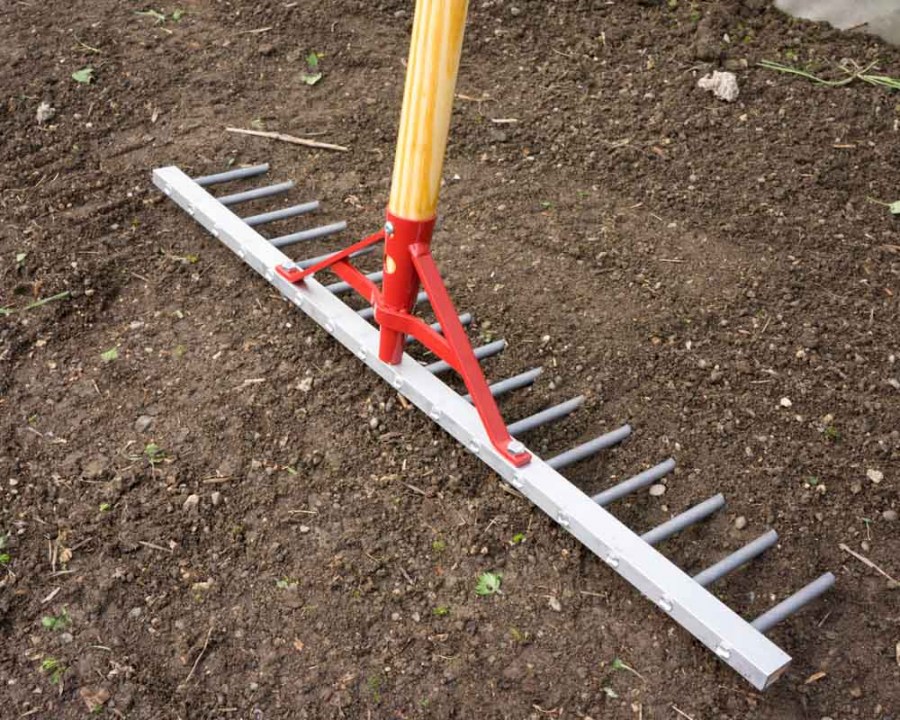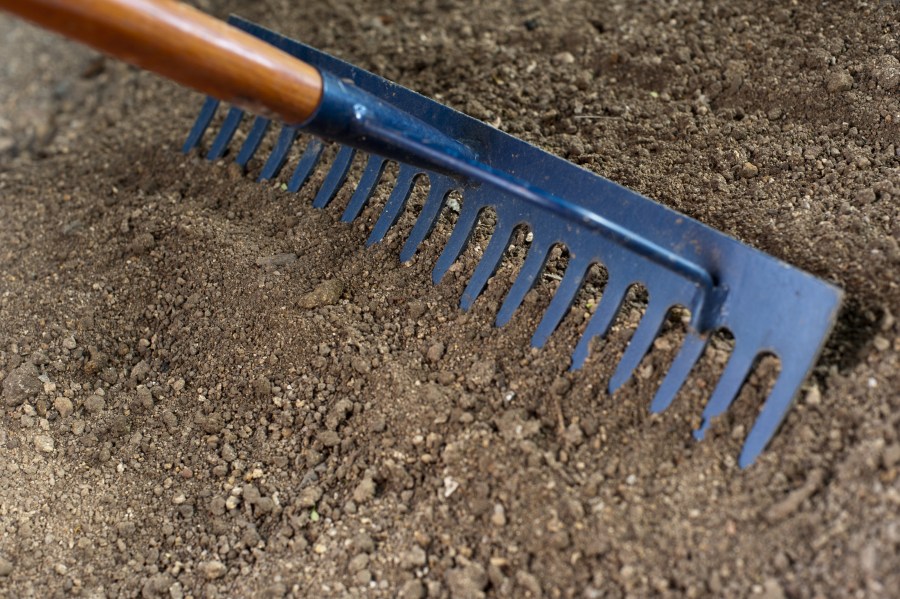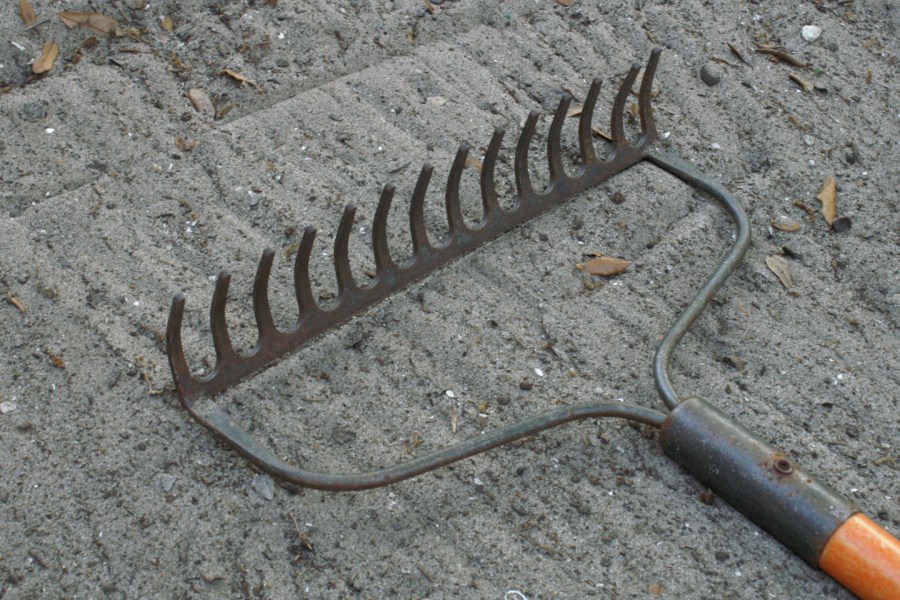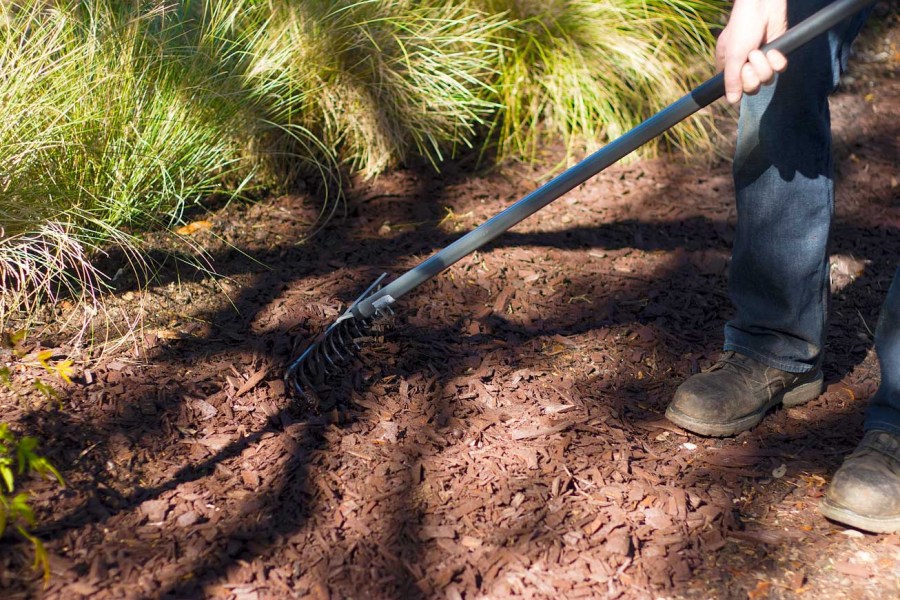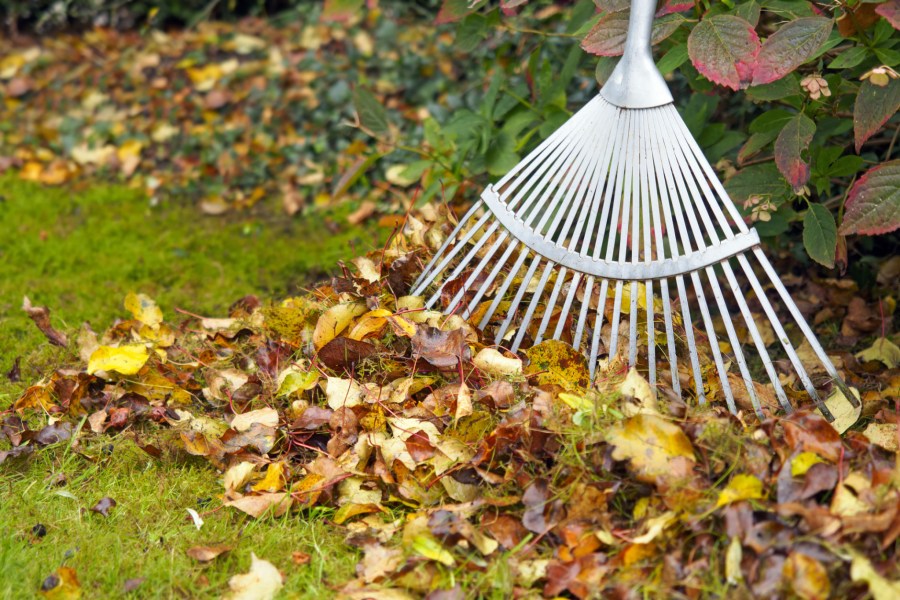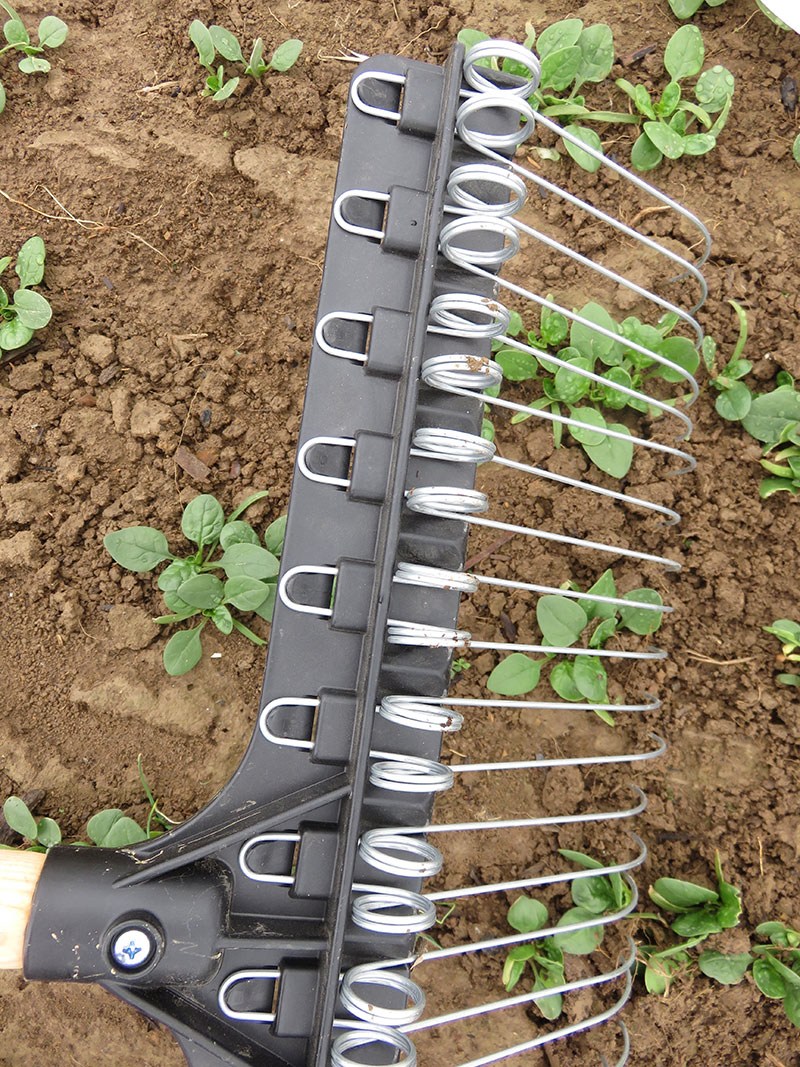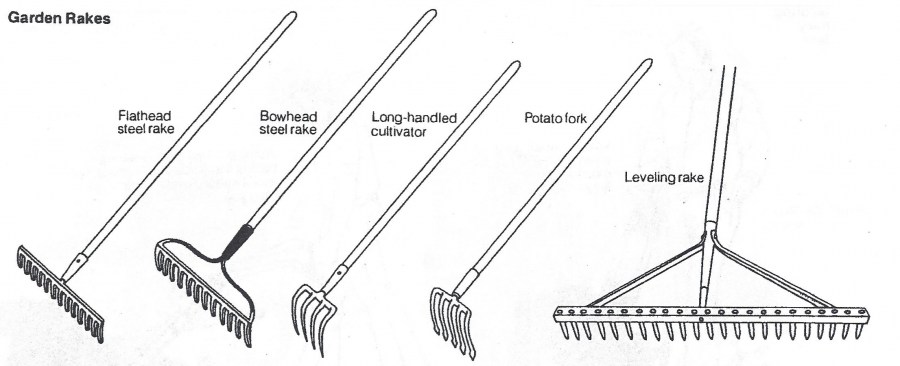Rake - how to choose the best hand tool for the garden competently? 100 photos of the main types and designs
A rake is one of the main agricultural tools designed to level or loosen soil, as well as to rake hay, foliage and small stones from the surface being cleaned. To date, there are many varieties of rake. If you look at the photo rake of past and current years and trace the chronology, then we can say that this modern tool is very similar to its predecessors.
The components remained the same: a handle (handle), the length of which depends on the type and material of the rake. Perpendicular block (ridge), to which the teeth and the teeth themselves are attached. The ridge and teeth are collectively called the comb.
Bit of history
It is impossible to reliably say where and when this tool appeared for the first time, but the first mention of a rake dates from the third millennium BC. Initially, a rake was any tool that could pick and hold something. The hand was also called a rake, however, it is still found now, but before this term was not offensive.
According to historians and archaeologists in Russia there were no plates, and the family (usually large) ate from one common cast iron at the same time. At first, the head of the family took the test, often the father, and after the first spoon he gave the command: “Rob!” And the whole family started eating. Even now in Russia, villagers can call a fork and a spoon “rake”, which essentially means any cutlery.
Materials for the manufacture of rakes are: iron, steel, aluminum, plastic, wood. An additional design feature of some rakes is cast all-metal trims with teeth, which greatly strengthens the design.
How to choose a comfortable rake
To competently choose this tool, you need to think about what kind of work it will do, on what basis and with what application of force. The strength of the tool is determined by the material from which it is made. Rakes made of wood and plastic can be used only for light work - cleaning grass and hay, while metal rakes are used for tillage.
When several people work with one tool, it is better to purchase a rake with a sliding handle, they are suitable for people with different heights.
A narrow comb rake will be a godsend for lovers of flower beds and berry front gardens, they will allow you to penetrate the most difficult areas and ennoble them.
If there are doubts about the width of the rake, then you need to take into account the density of the planting of your site, the smaller the stands and the greater the distance between them, the wider the working surface of your tool should be.
If you want to have at your disposal a tool that you will use for many years, then purchase it in specialized stores where they provide a quality certificate confirming the service life and material of manufacture.
The handle should fit snugly with the comb. Rarely or often planted teeth characterize the range of work performed by them, a rake with rare teeth serves to clean large debris, while a rake with frequent teeth for cleaning small leaves and stones.
Remember that the material of manufacture determines the weight of the tool. If you want a light tool, get a rake with an aluminum or wooden handle, its thickness also matters - the standard is about 3 millimeters.
Choose the correct length of the cut, taking into account your height. When working with the ground, the handle can reach the shoulder. To collect weed grass and debris, the length of the handle is equal to your height. The length of the handle should be taller than your height when picking light grass and leaves.
Varieties of rakes
Direct rake. The most common garden rake. This is a universal tool to fulfill most of the needs in the garden:
- raking leaves, garbage;
- breaking lumps of earth;
- loosening of beds;
- harvesting tree roots;
- leveling a plowed field, etc.
The teeth of straight rakes are perpendicular to the handle and slightly bent inward. Direct rakes are produced with different comb widths, from 10 cm to 70 cm. The average width of the classic rake is 40-50 cm. This is due to the nature of the work on the site.
A narrow comb rake is used in hard-to-reach areas of the garden, for example, under bushes of seedlings and undersized trees. Wide rake is used on large areas and lawns, when cleaning leaves and garbage, because in one movement carry out a larger capture of the area.
A tool with twisted teeth around its axis is a type of straight rake. And it is intended for processing rough soil and breaking earth stones. Such a tool is necessary to prepare the soil for planting.
Direct rakes also include all-wood with a wide base and long cylindrical teeth, used to harvest hay and dry grass in the field. They are very light, because they are made of birch, and the stalk is made of pine. It is easy and convenient to work with them, sticking of grass and debris is excluded due to the round and polished surface of the teeth.
Highly specialized rake
Rake aerator
The rake aerator can also be attributed to the subspecies of straight lines, but it is always a metal rake, although they have very interesting design features. Made of hardened steel with a galvanic or victorious coating, their teeth are more like sharp knives that have the shape of a sickle, which cut through even the coarsest ground (and do not need to be sharpened).
They resort to their services when even a rake with twisted teeth pass in front of naughty land. Aerators can be either one-sided or two-sided. Double-sided aerators are called milling. Such rakes are sometimes equipped with wheels. Serve for cleaning lawns from moss, debris, weeds and leaves. Thanks to the wheels, the knives are immersed in the ground evenly and thereby facilitate the work.
The lawn rake has a wide base with teeth. They easily remove large volumes of mowed grass. On the ridge, the teeth are very often located and special planks are welded over the working surface of the “comb”, under which the collected grass accumulates.
Fan rake
This rake not only resembles a fan in appearance, but can also be folded, changing the width of the working surface. A feature of this gardening equipment is the absence of a ridge, all up to one tooth originating from one point, which is exactly what the name “fan” is due to.
These rakes began to move apart only in the 21st century, and before that they had a static appearance. The teeth have a flat or round shape, the creation of this rake goes to the origins of the development of a rock garden in Japan.
Transformer rake
Gaining popularity among modern gardeners. They are convenient in storage and transportation. In one easy motion you can change the nozzle and thereby the type of activity.Such rakes are usually equipped with a quick-clamping mechanism.
The set includes universal rakes with different widths of the working surface, a fan rake and a rake for roses, in addition to expanding the spectrum, nozzles can be included: shovels, hoes and baking powder.
When choosing these rakes as the main ones, pay close attention to the clamping mechanism, it is better that it is not made of plastic.
How to make a rake with your own hands
A rake made entirely of wood is very difficult to find on the shelves of economic mechanisms, but you can do them yourself:
- In the manufacture of rakes used species of different trees. For the handle, pine or aspen, for the manufacture of teeth you need a harder material: birch, oak or elm.
- From the material from which the stalk was made, we saw out a block 50-60 cm long, the width will be about 5 cm, the height is about 3 cm
- We carefully plan the block, then drill 10 mm holes in it at an equal distance from each other, it depends on what you will use this rake for. Minimum distance 20 mm, maximum 40 mm.
- After the base is ready to be cut with a knife, the teeth are 12-15 cm long, round, triangular or flat, depending on your desire.
- But make the teeth a little larger in diameter than the holes in the block, so they fit tightly into it and won't fall out.
- For the manufacture of the handle you will need a round pine branch, which we plan and sand with sandpaper. We make one end of the handle pointed.
- We cut the pointed end to a distance of 20 cm and trim the ends, making them sharp. Then we fix the ends with a drill and nails.
Our exotic wood rake is ready. They can be used to collect hay and foliage or simply hung on a wall for entourage.
It turns out that to choose such a simple tool as a rake, you need a professional and balanced approach. We hope that the information from this article will help you not to get confused when choosing one of the main tools of the summer resident.
Rake photo
Motoblock - which one to choose? Description of reliable and functional models of 2019!
Weather vane: modern looks and stylish design ideas (65 photo ideas)
DIY greenhouse - how to make at home? Instruction + photo.
Join the discussion:
